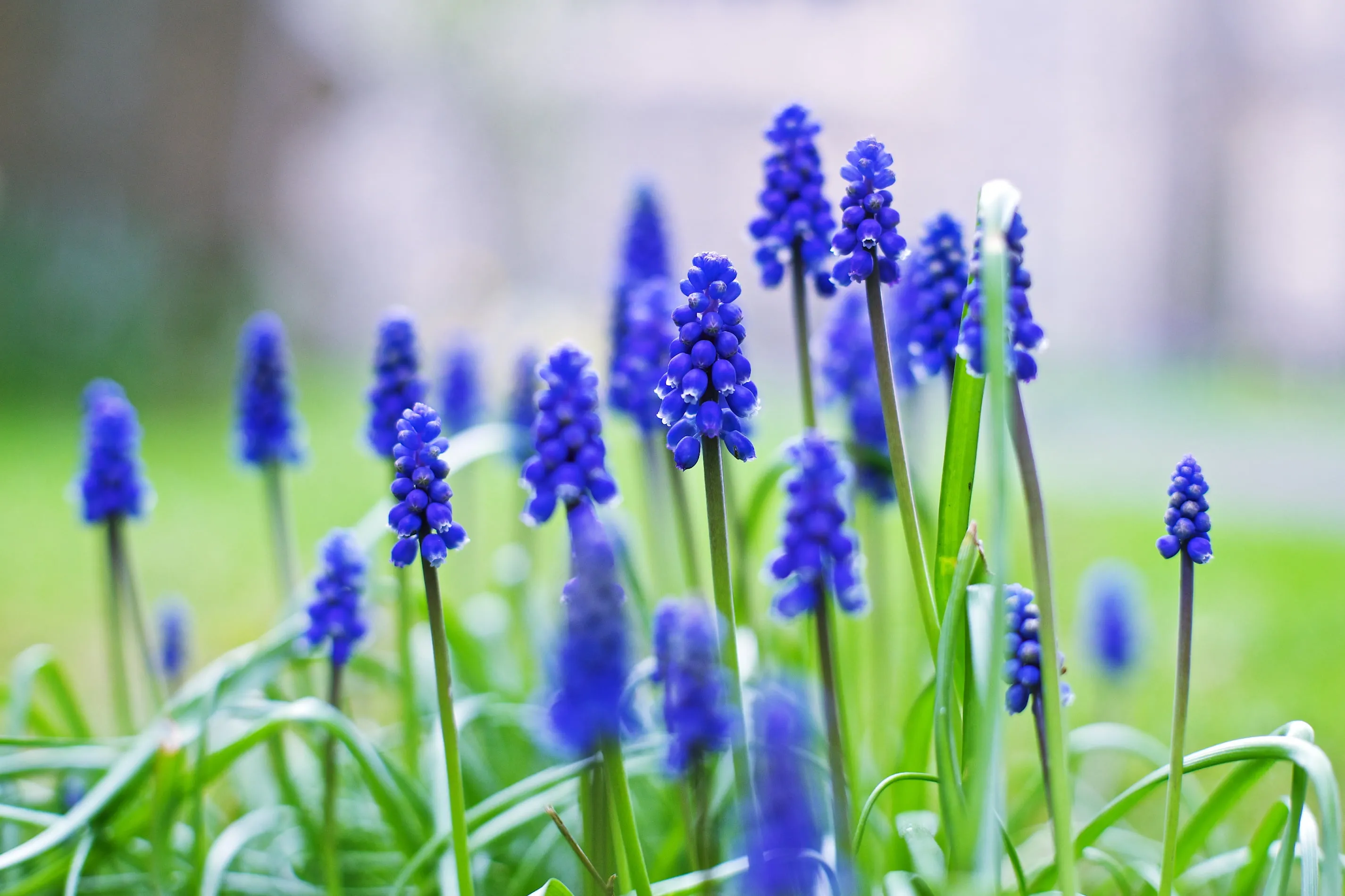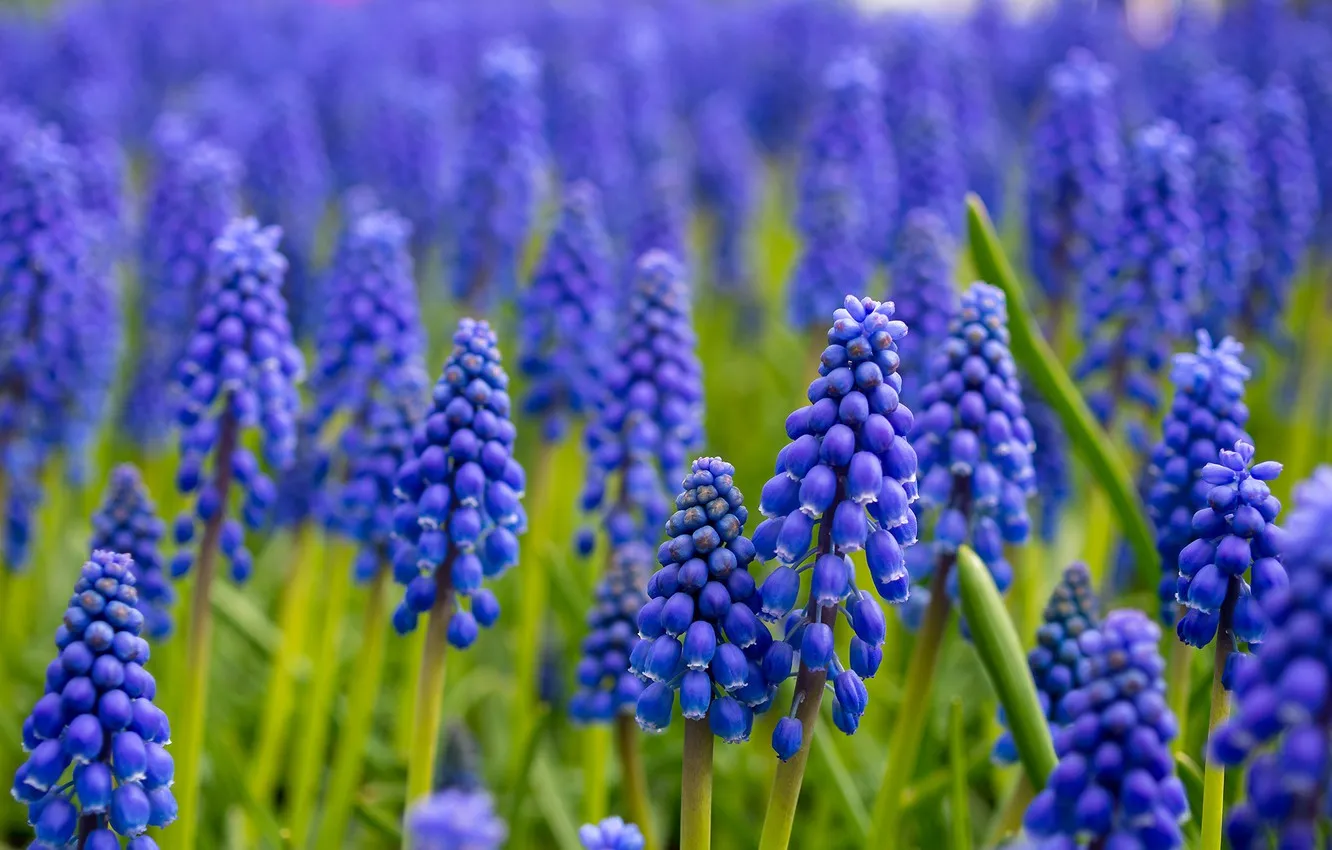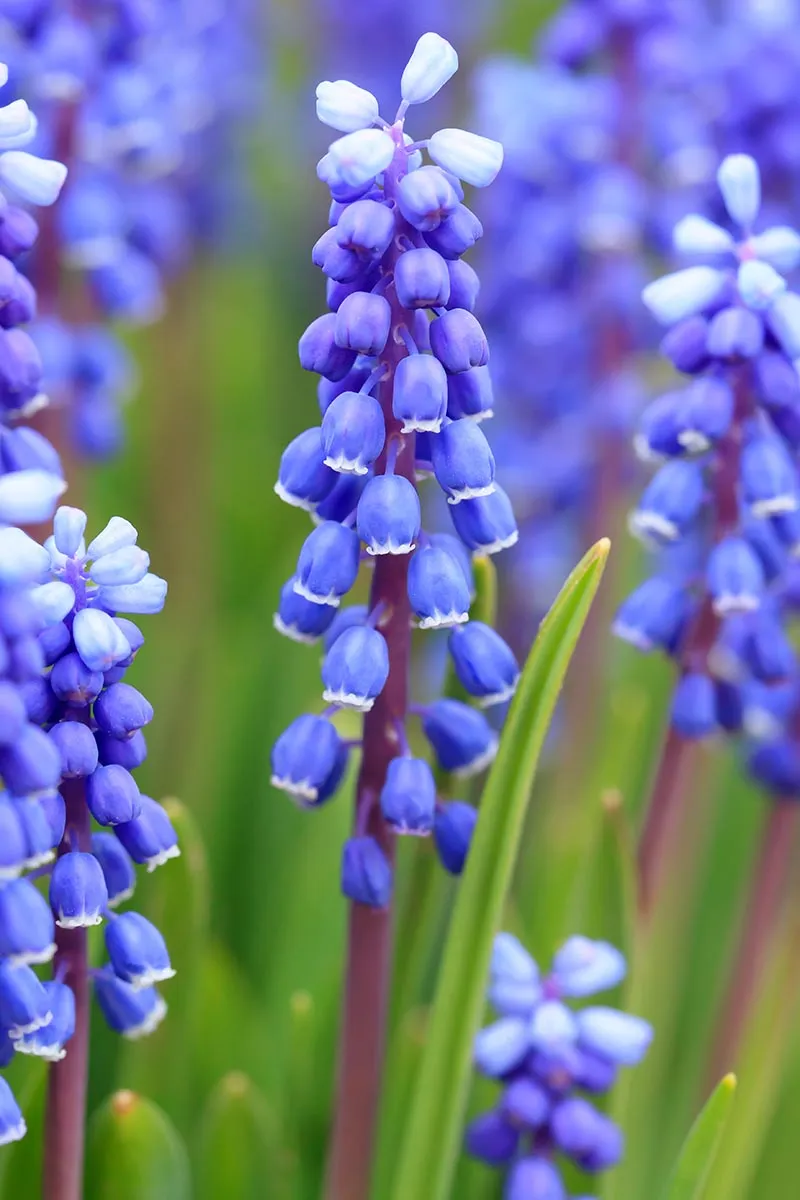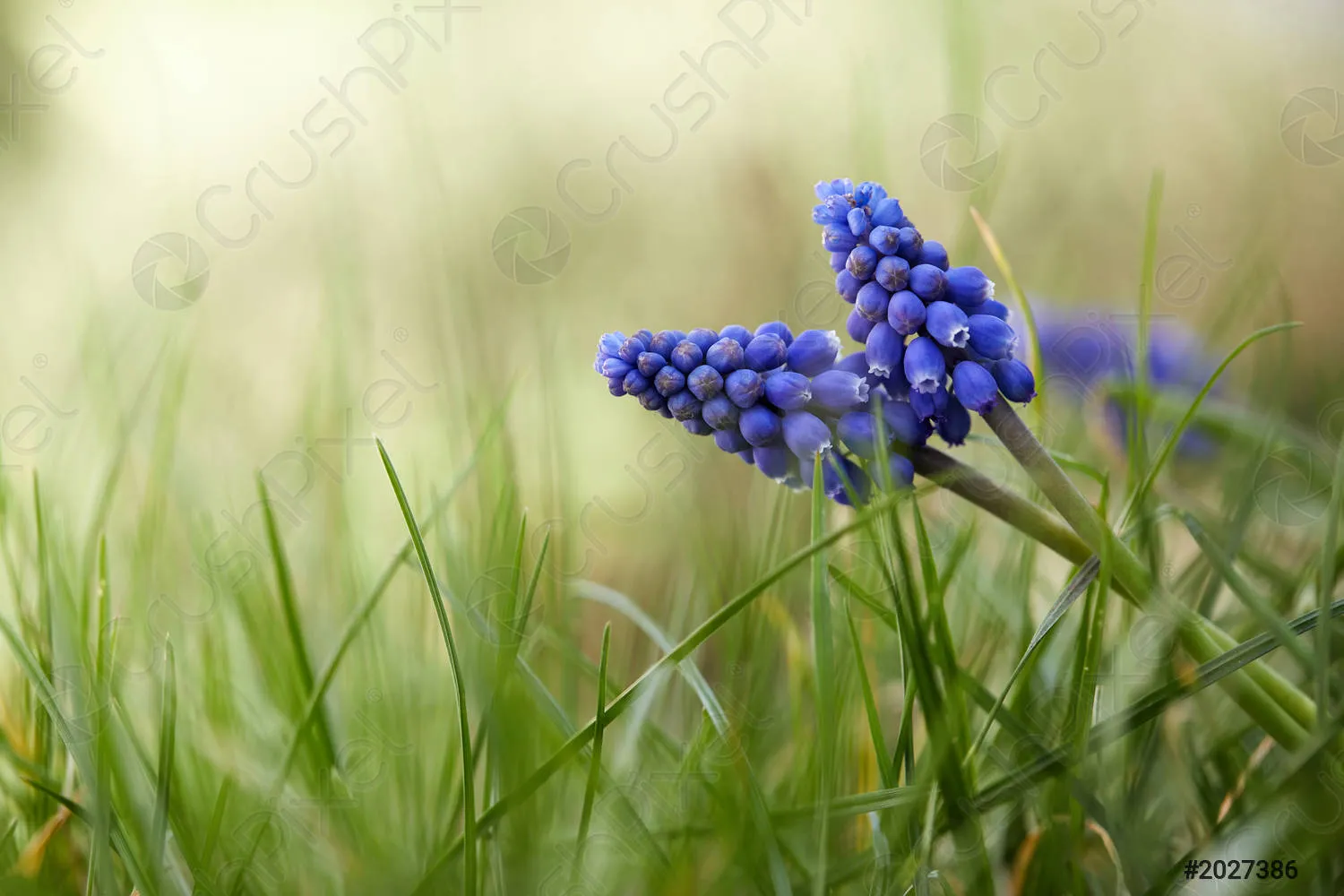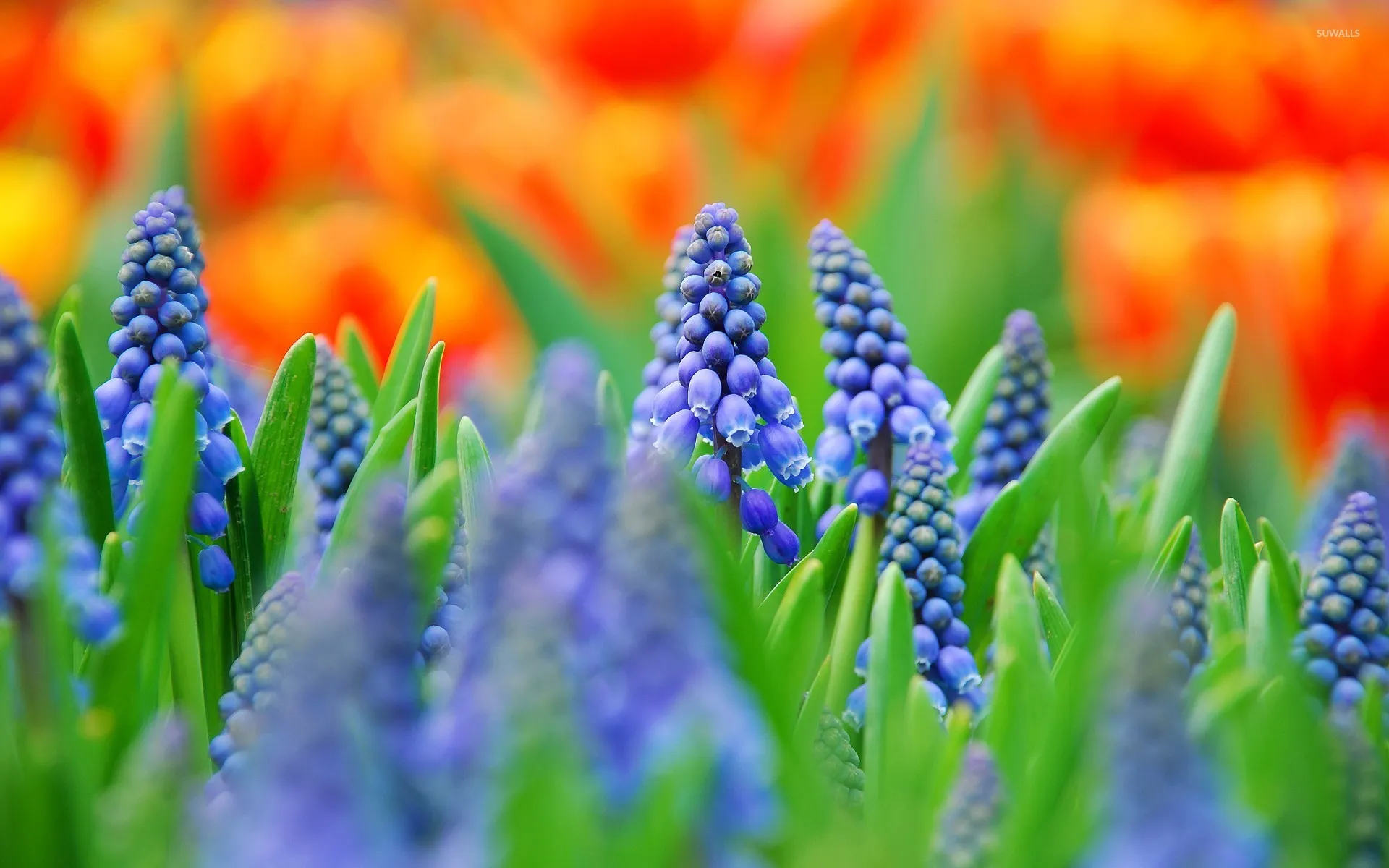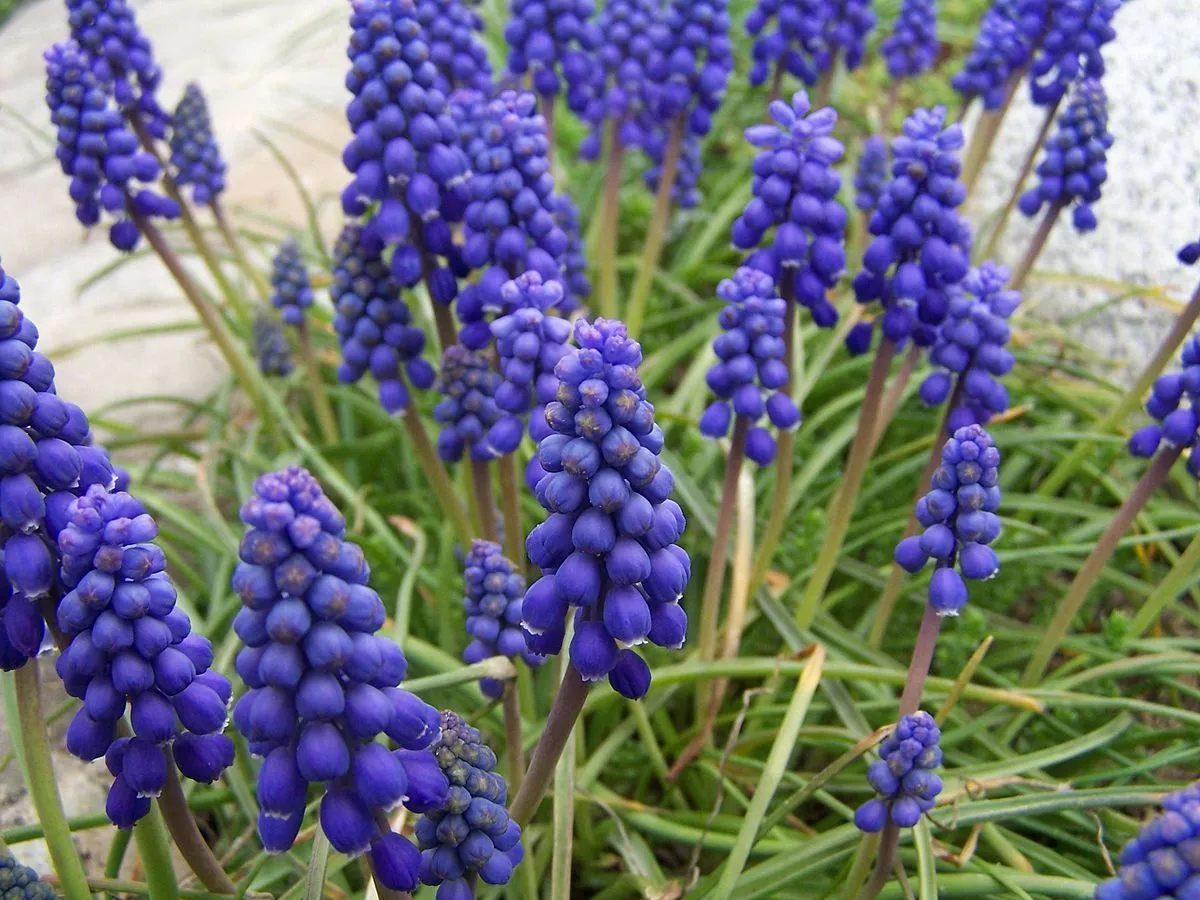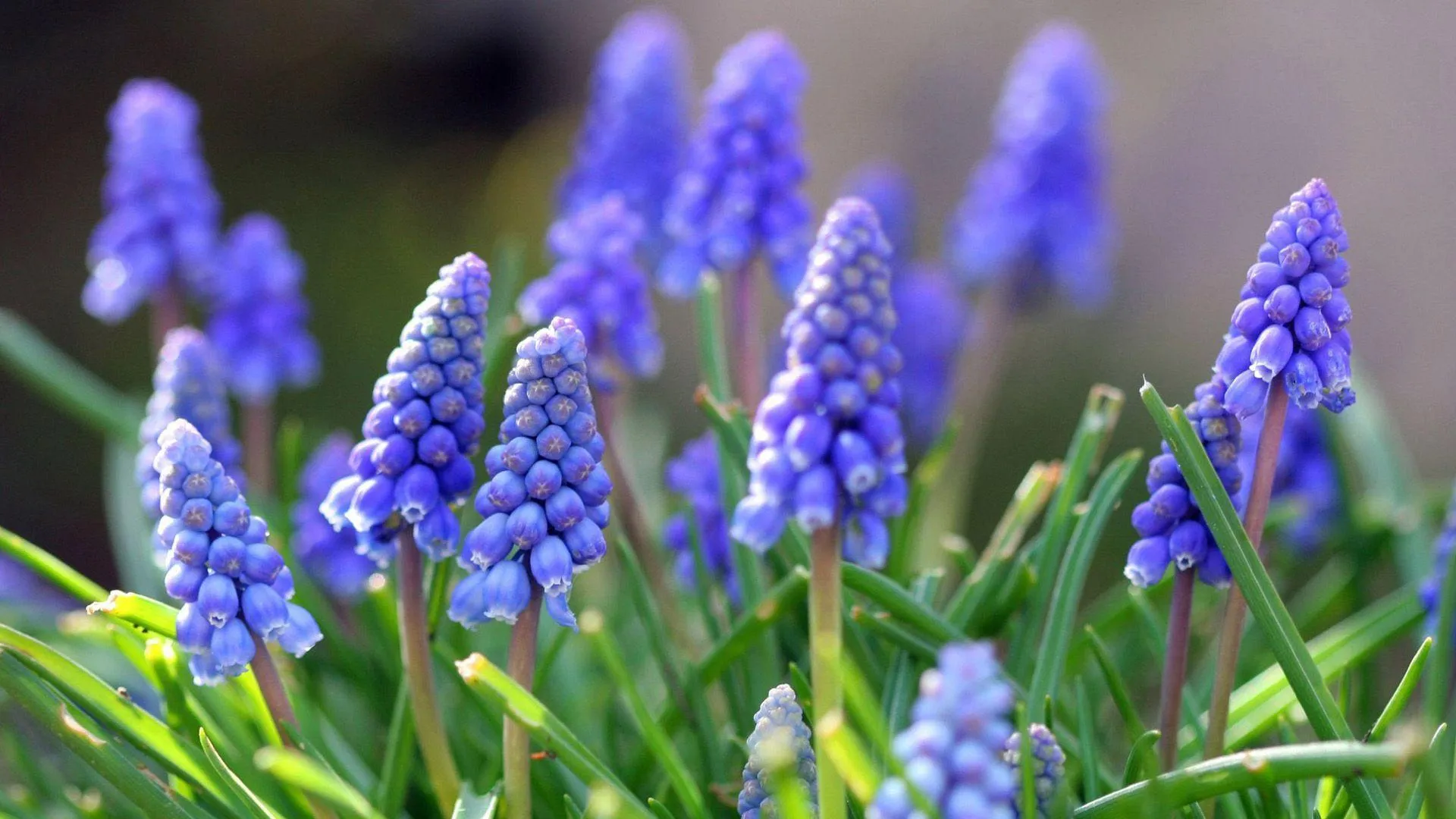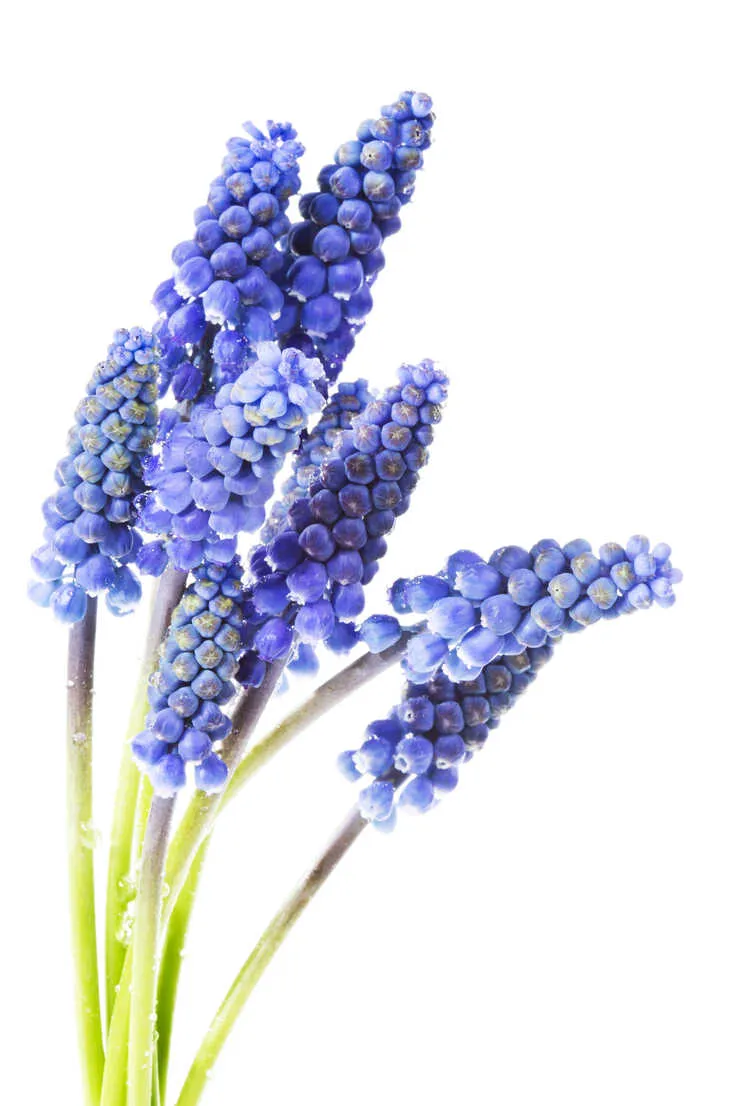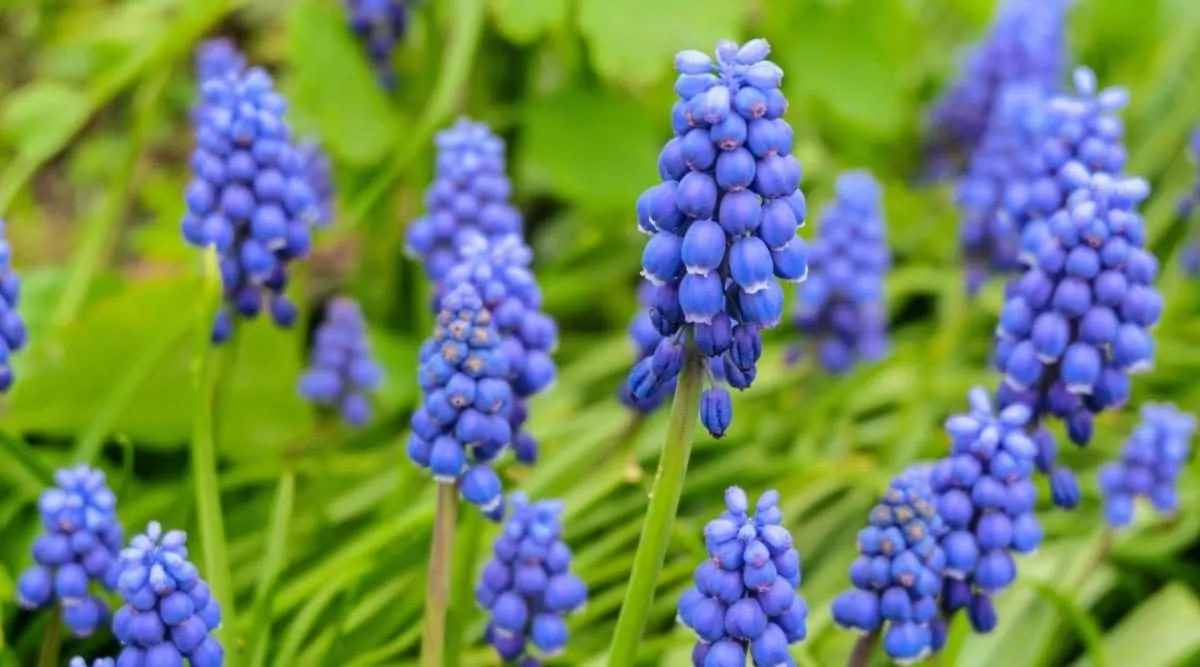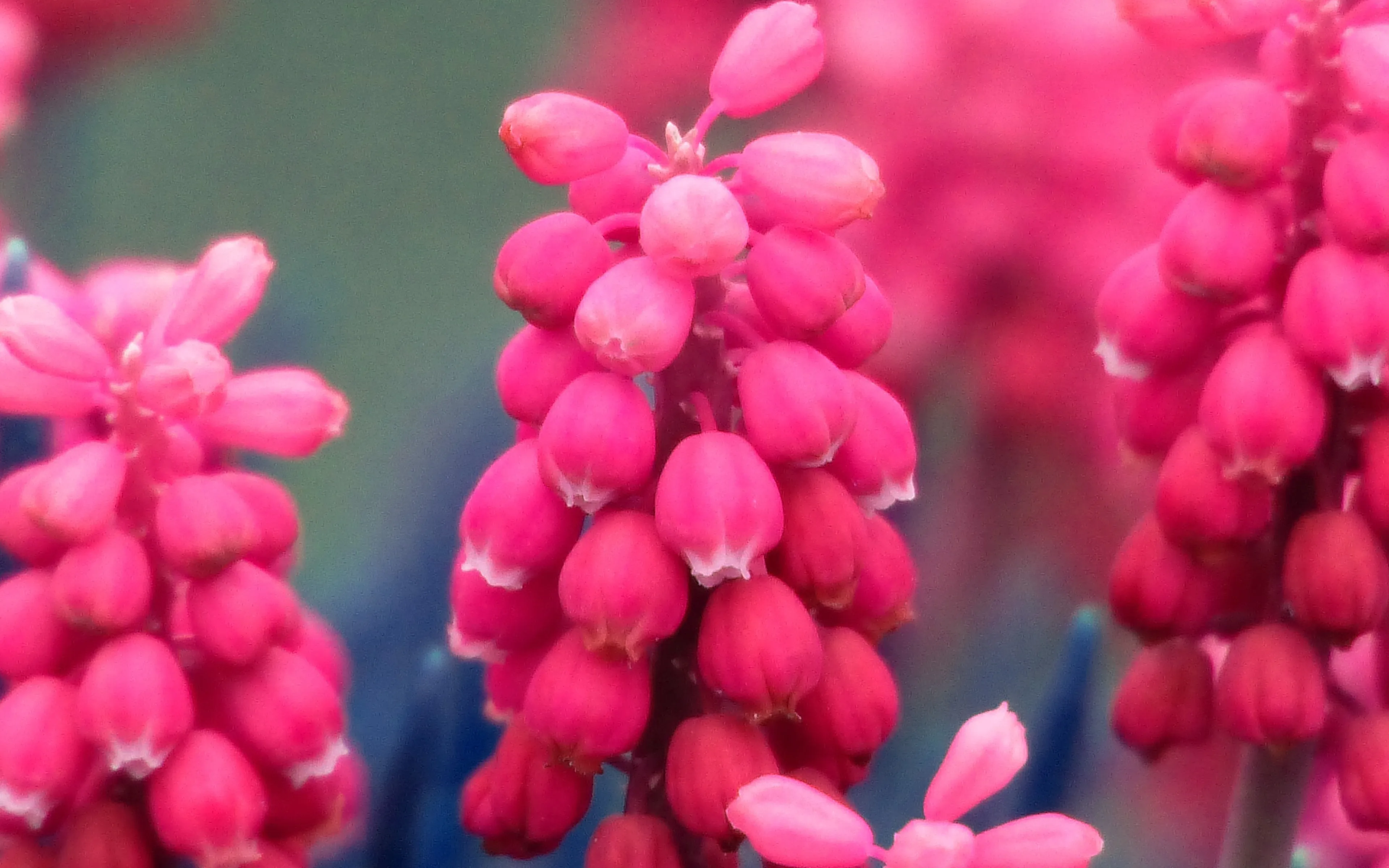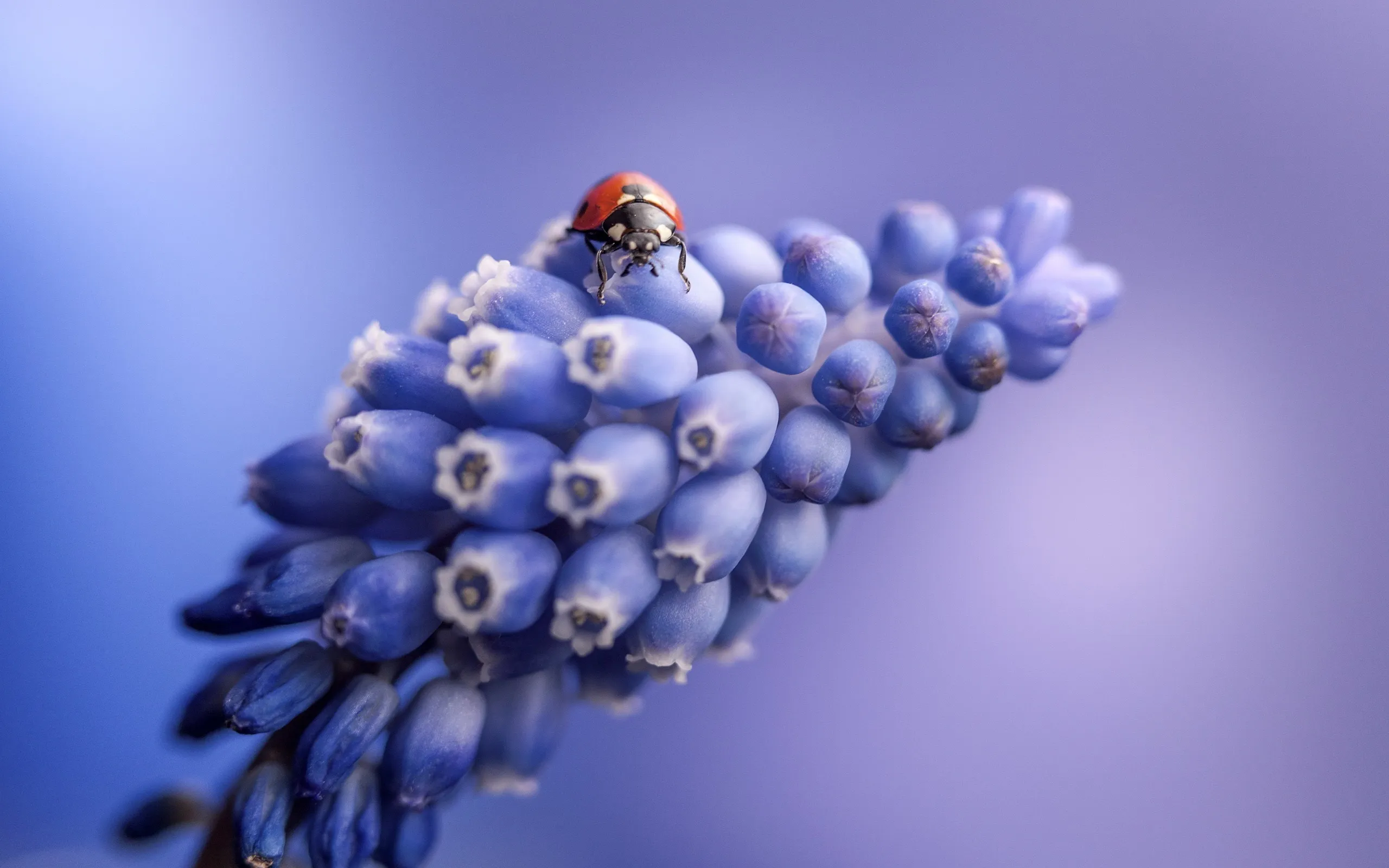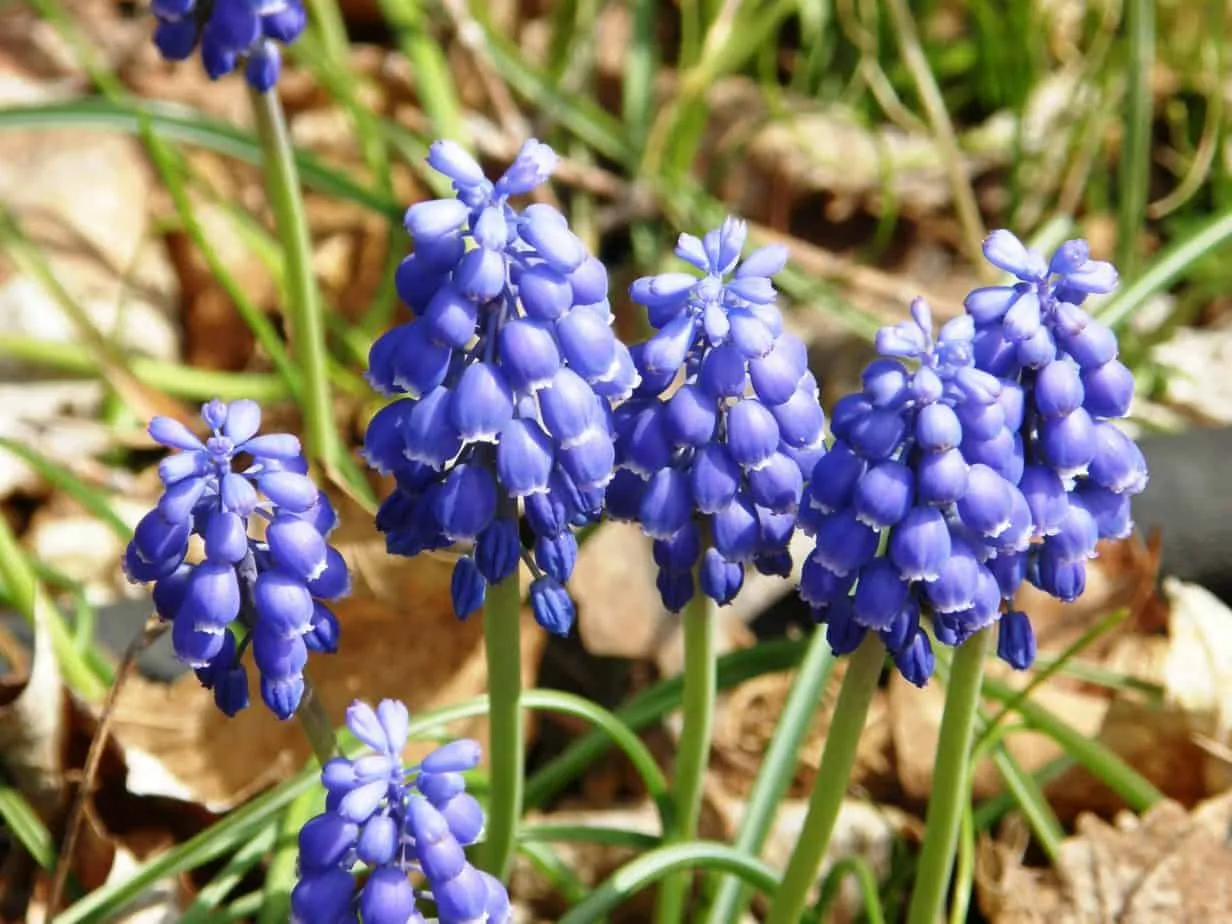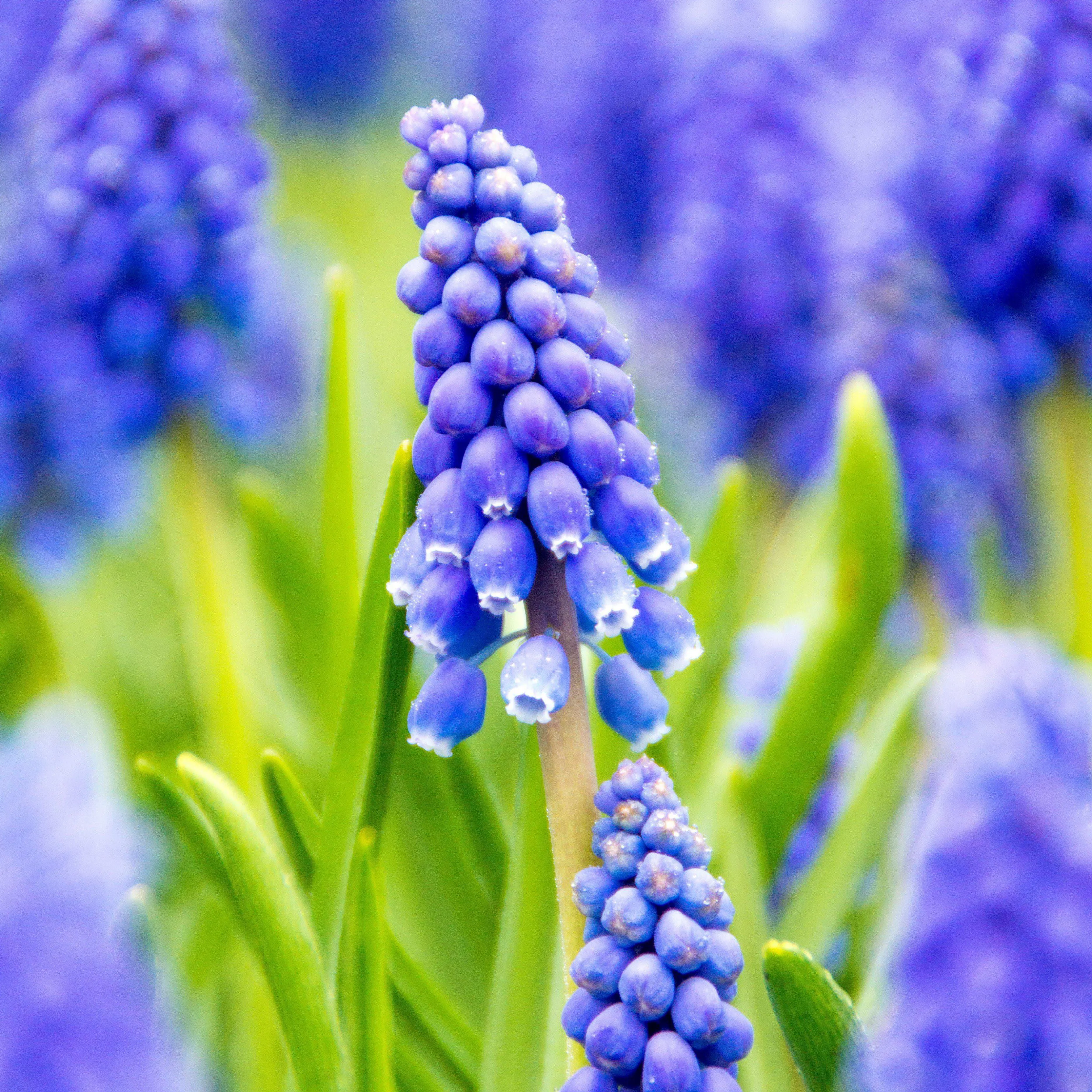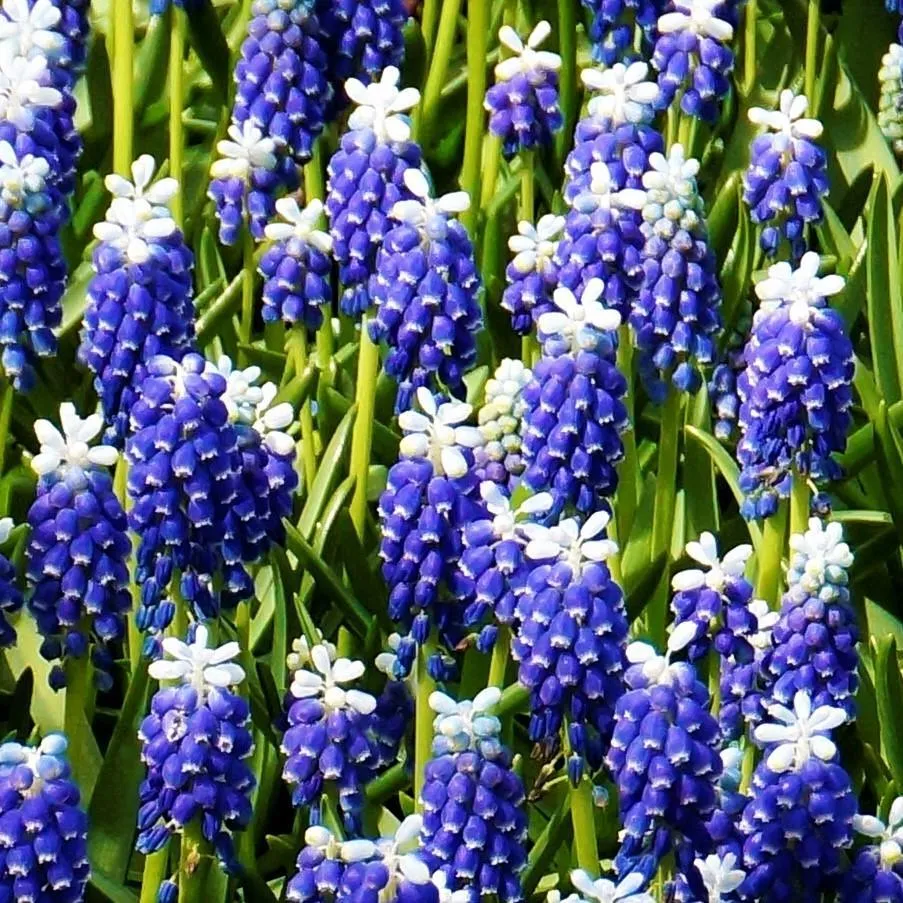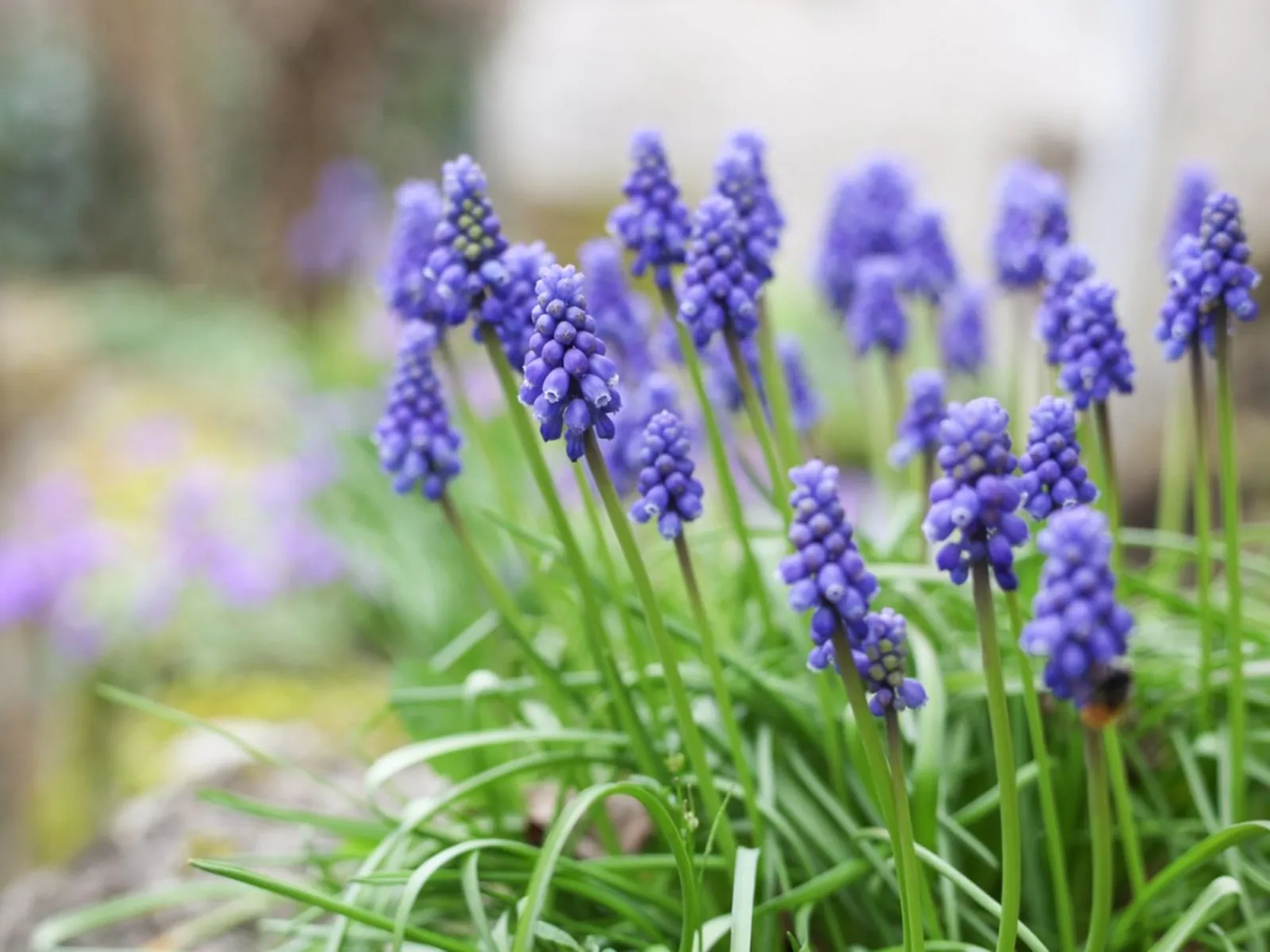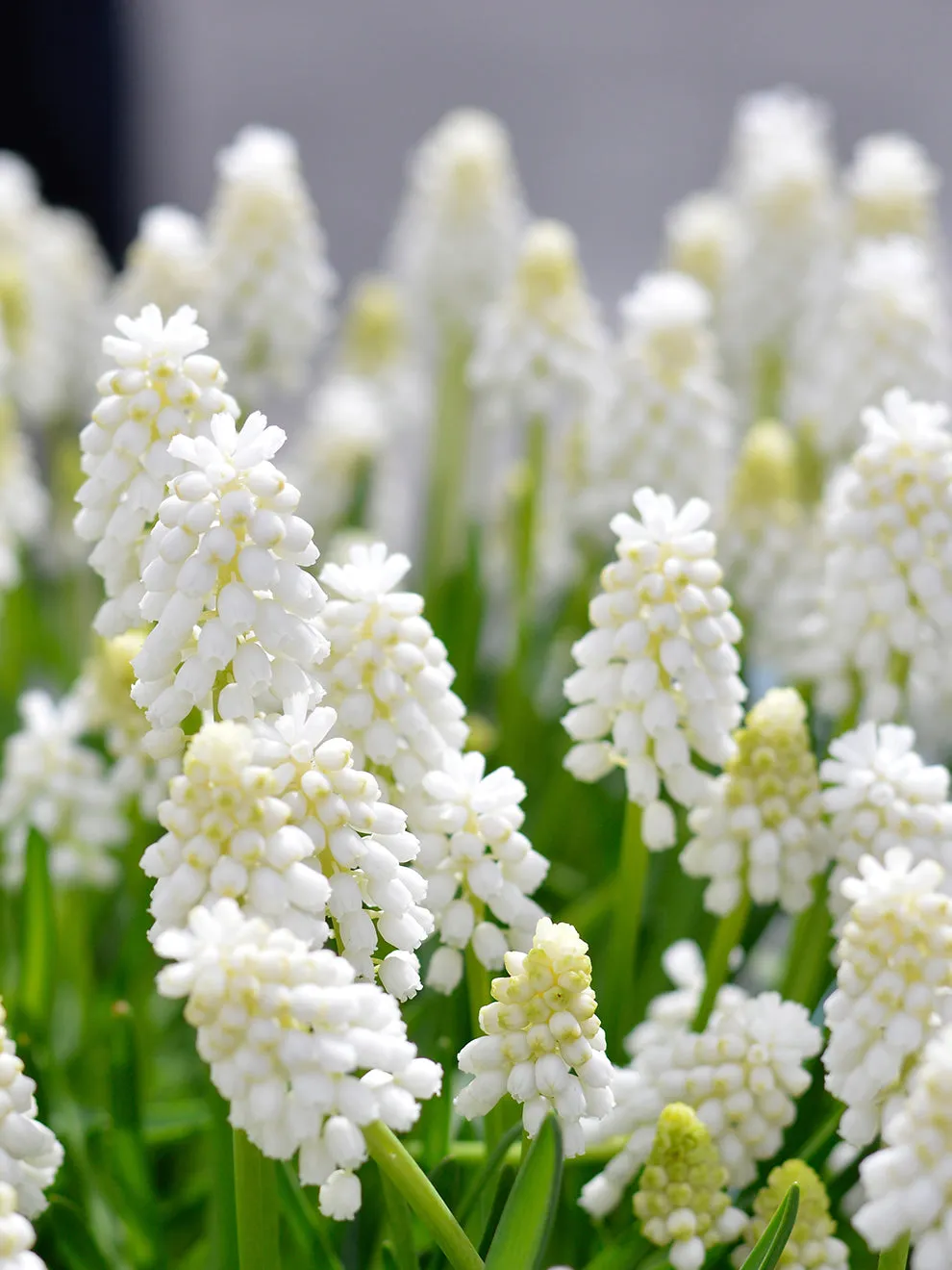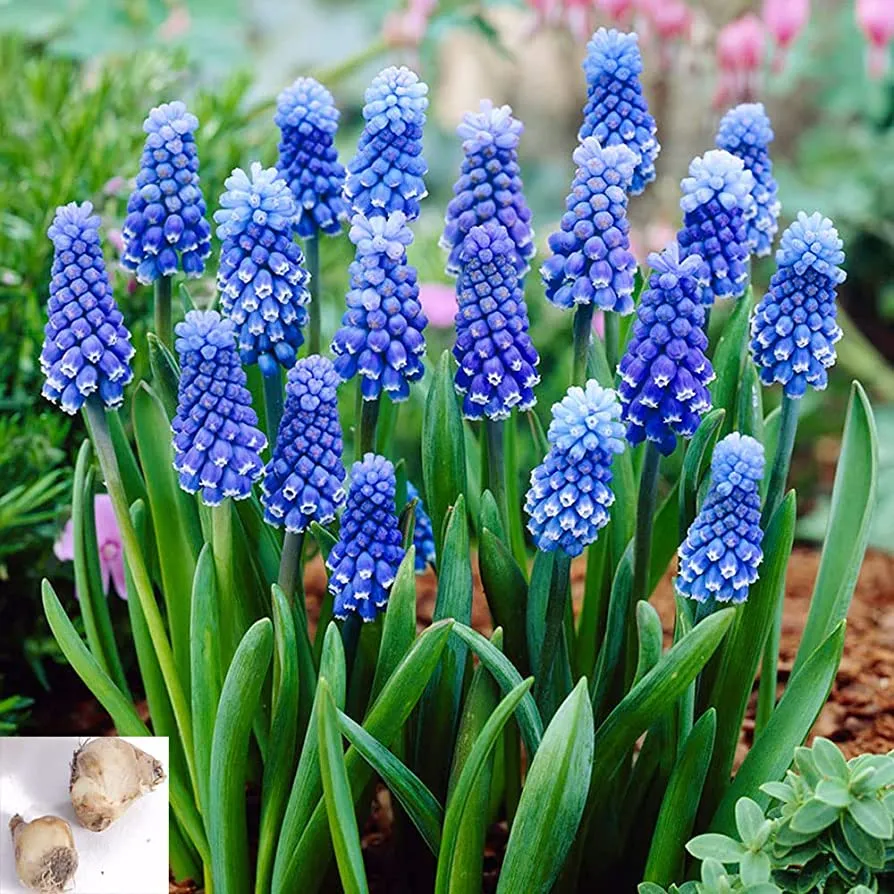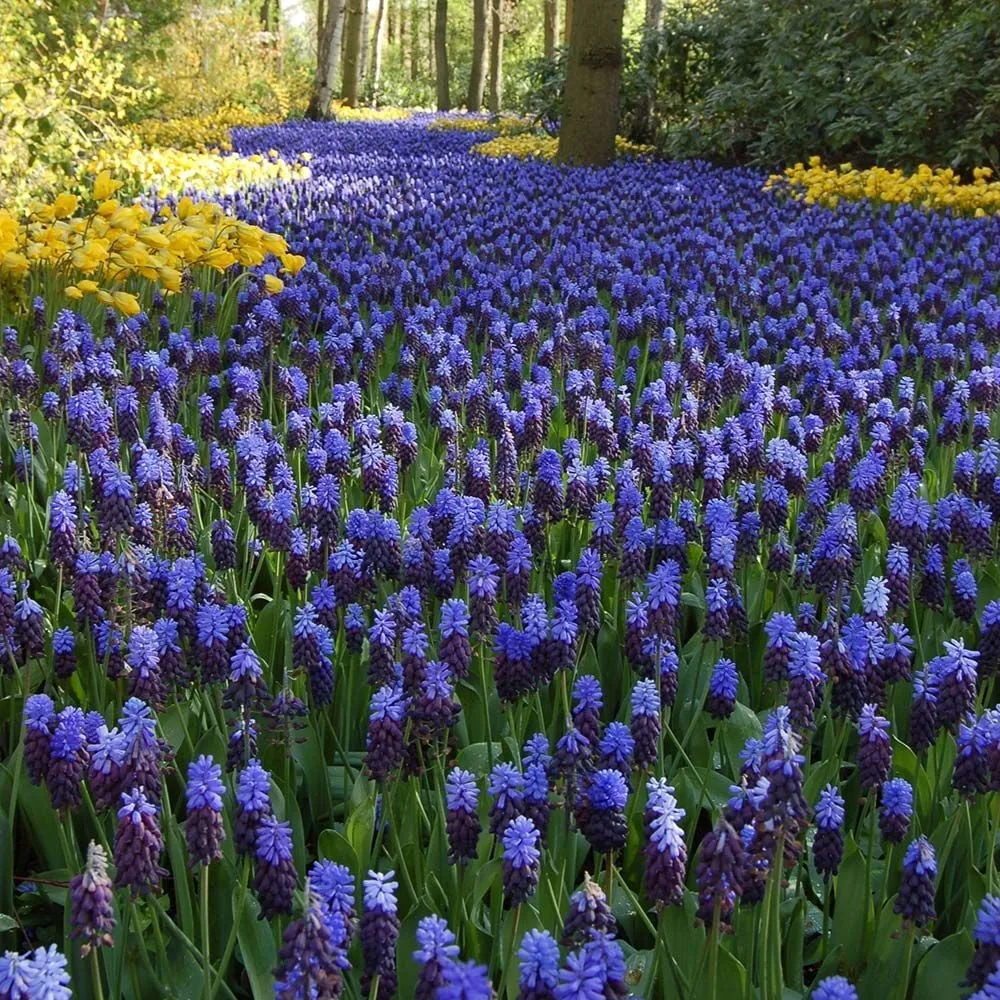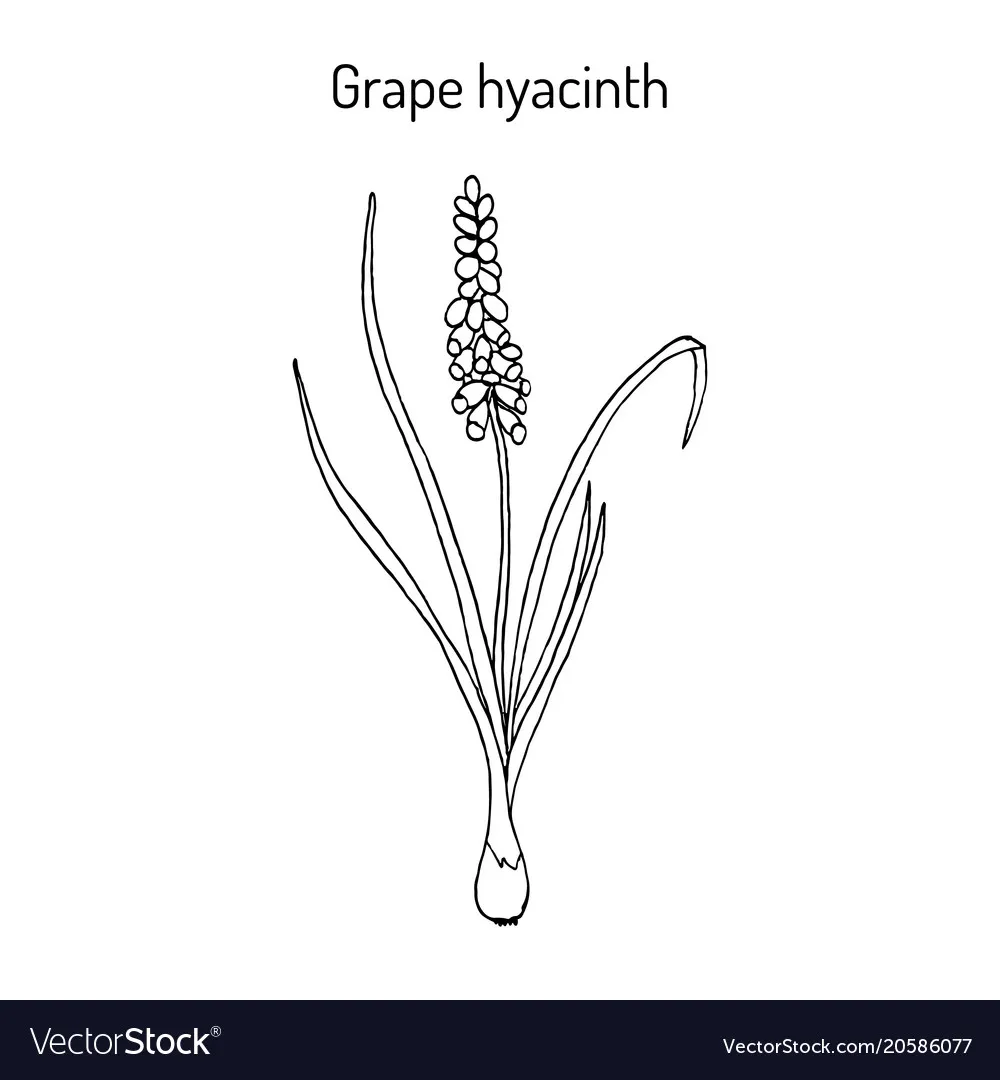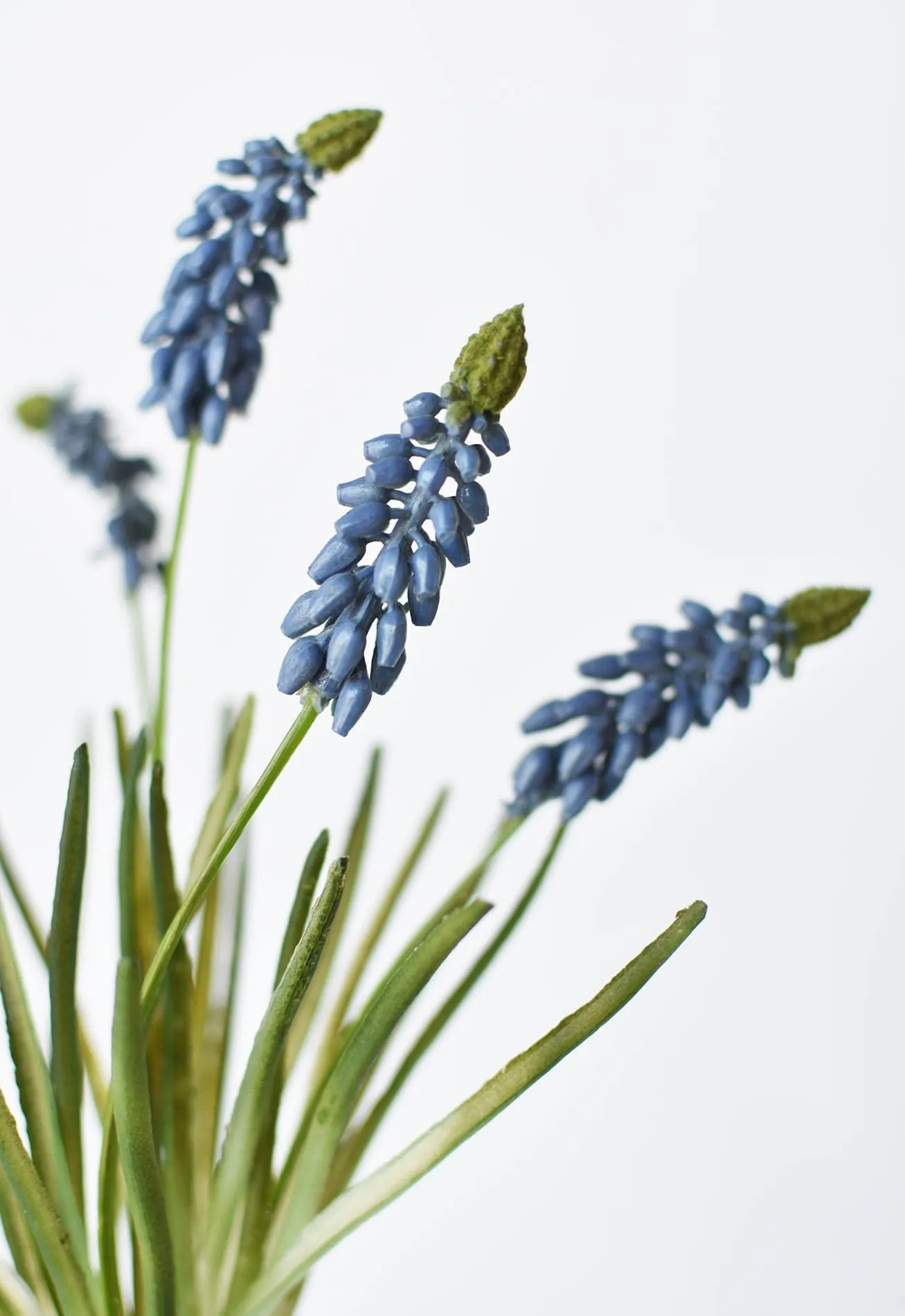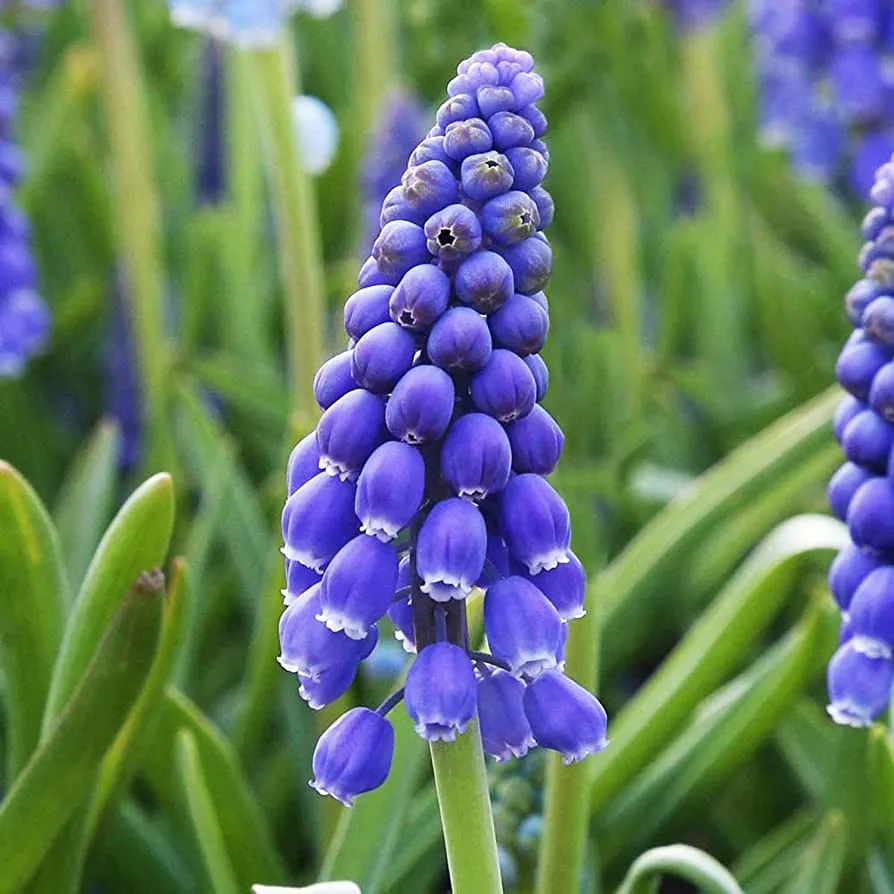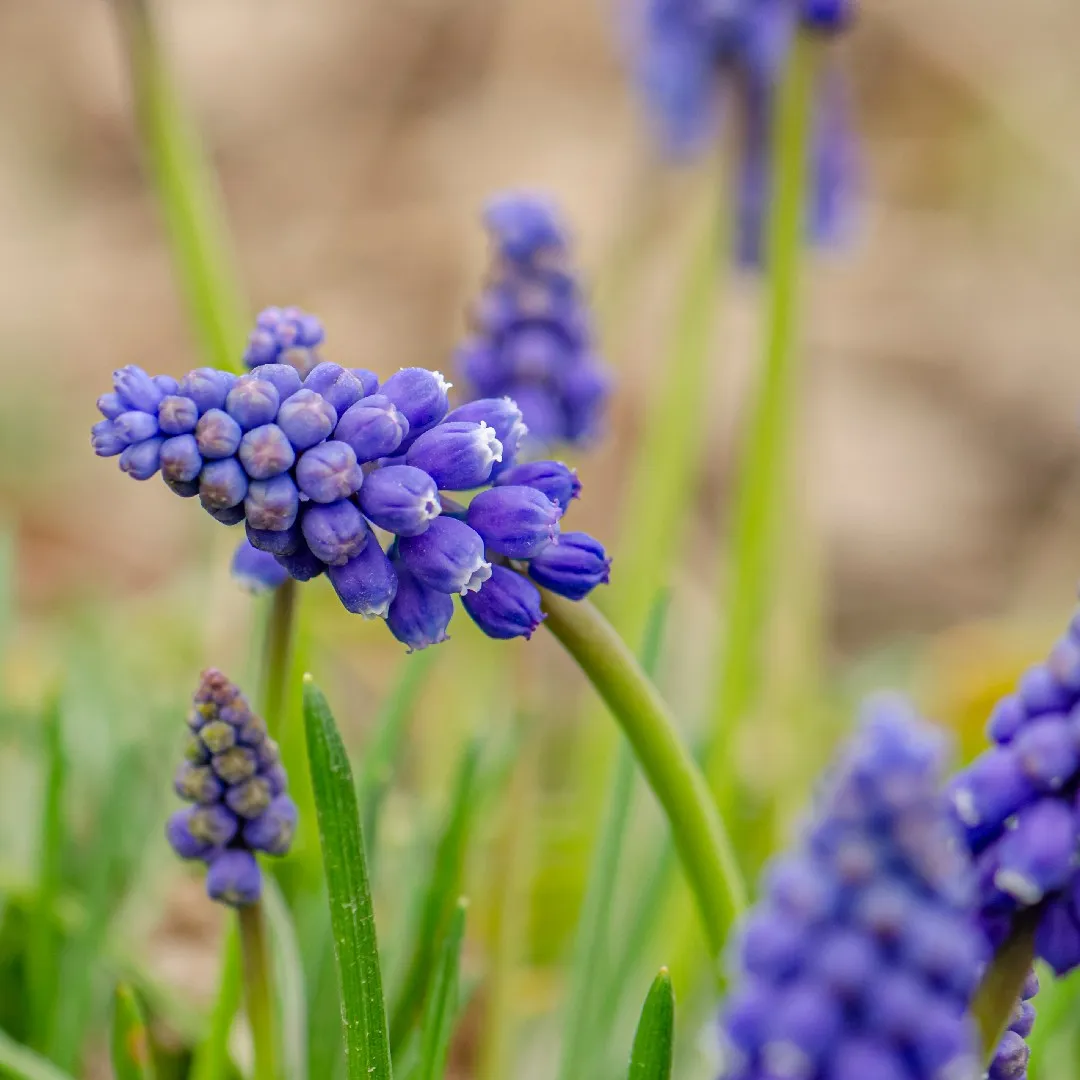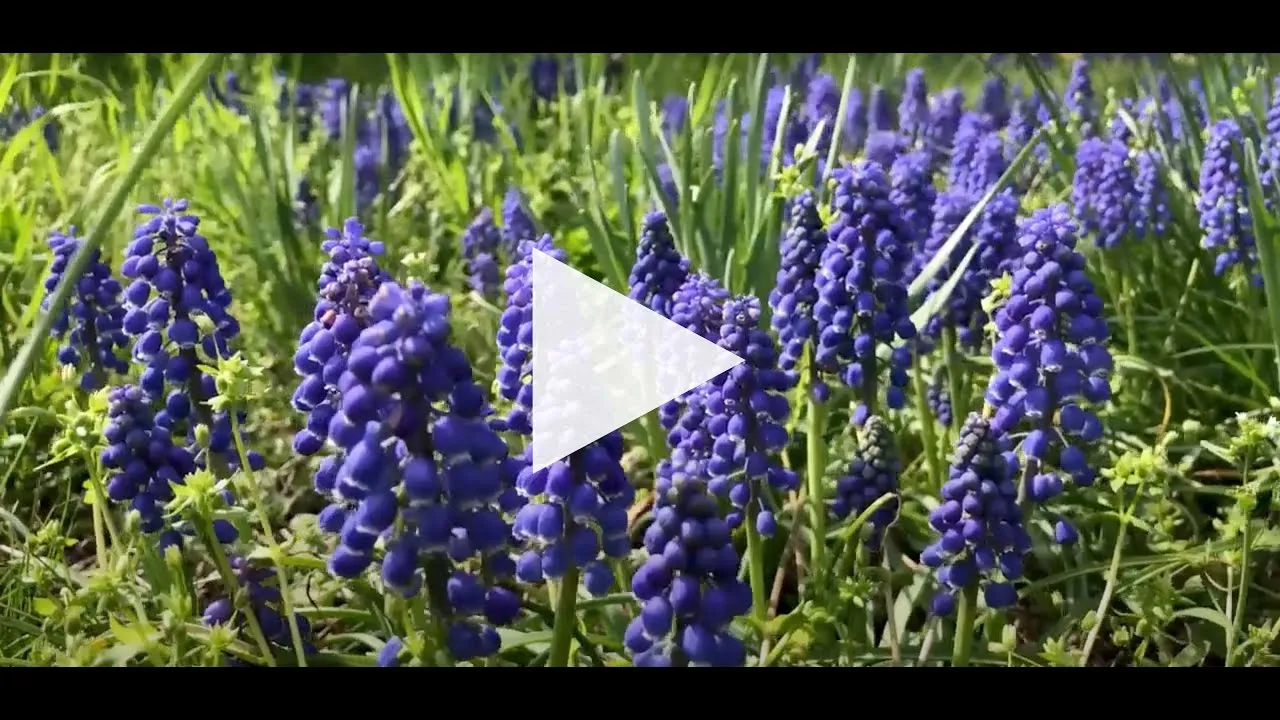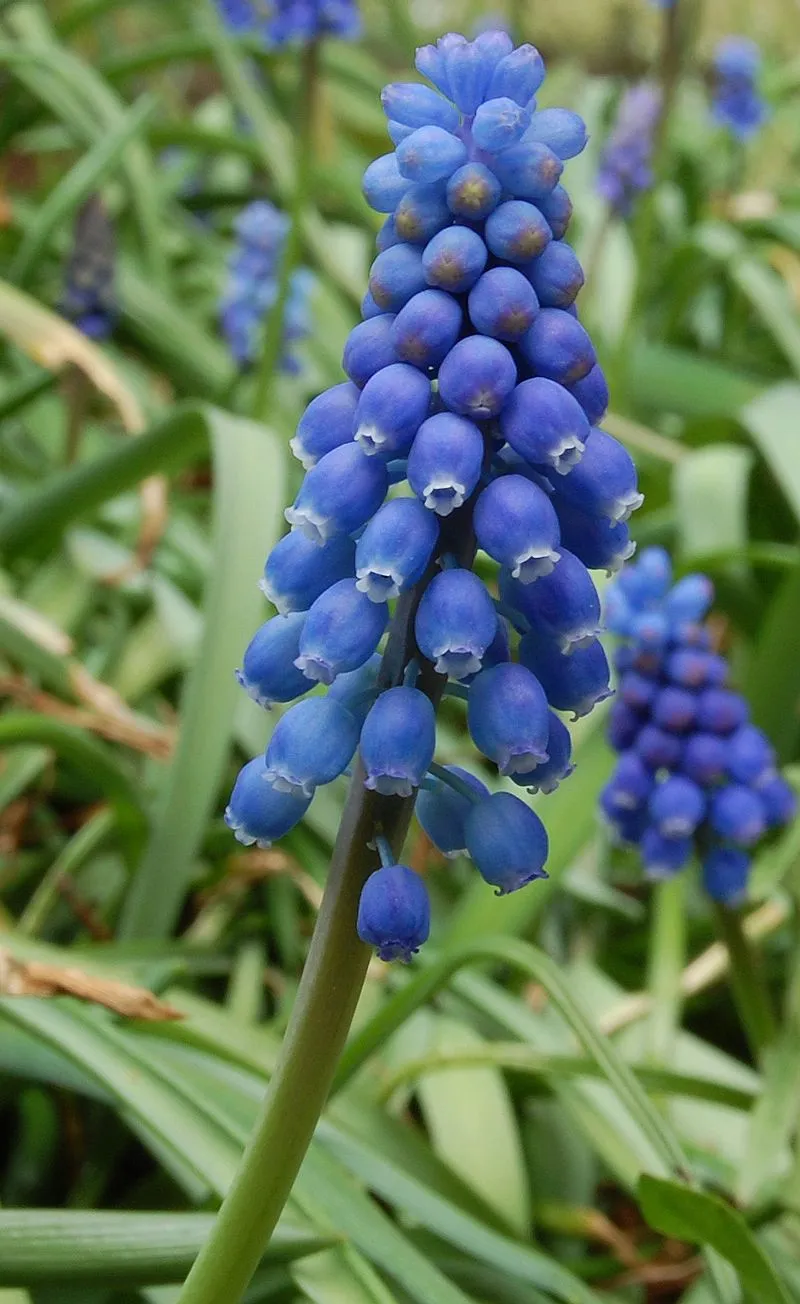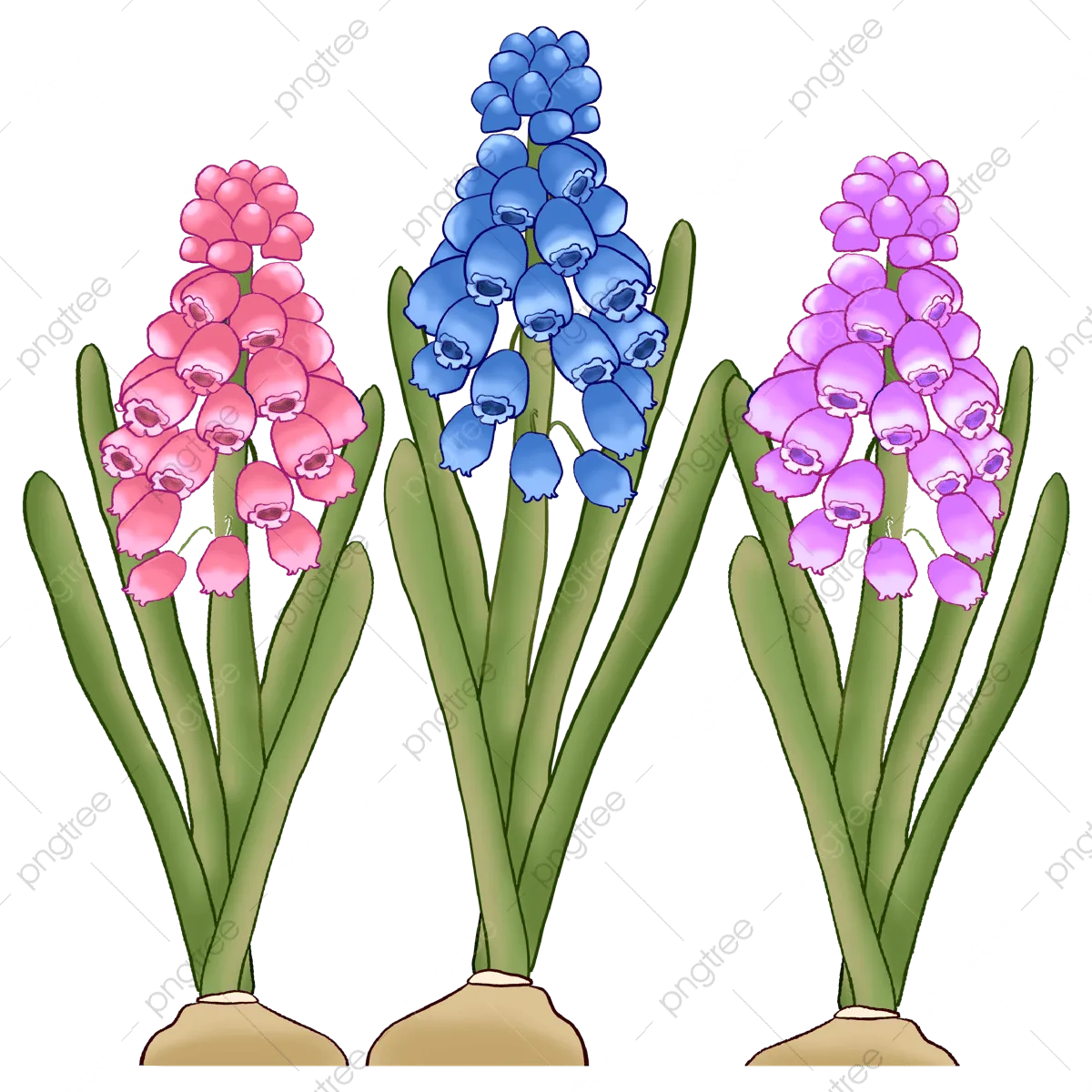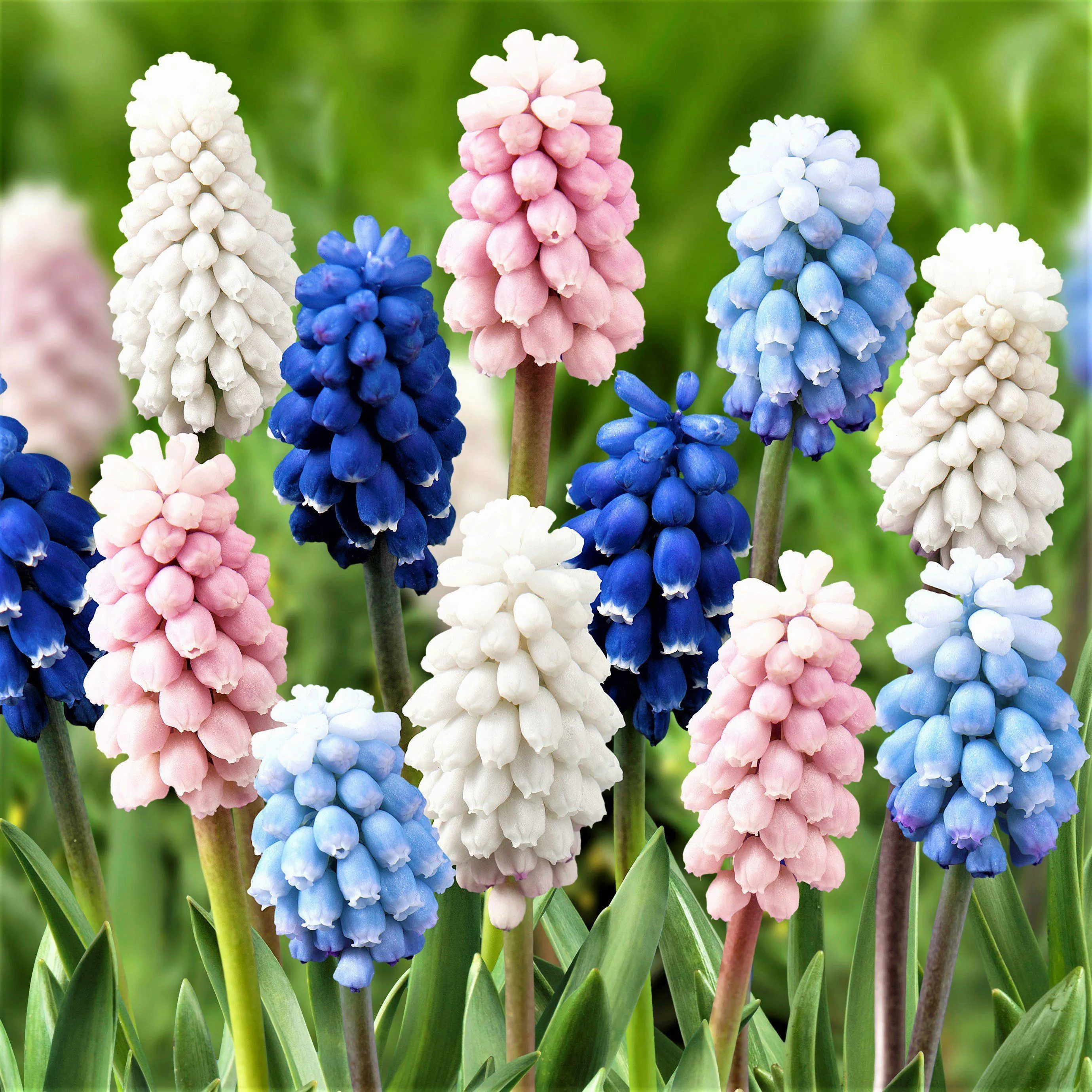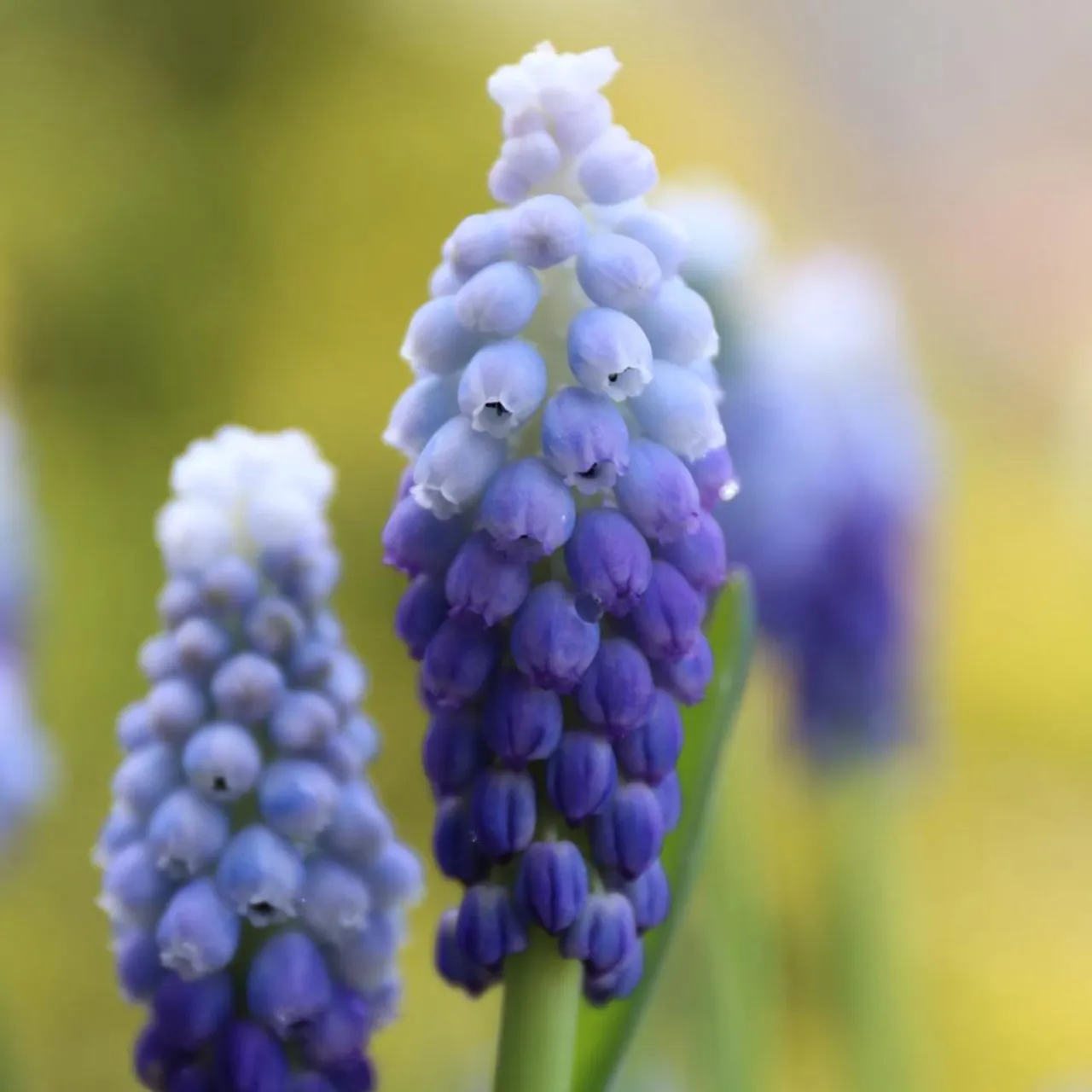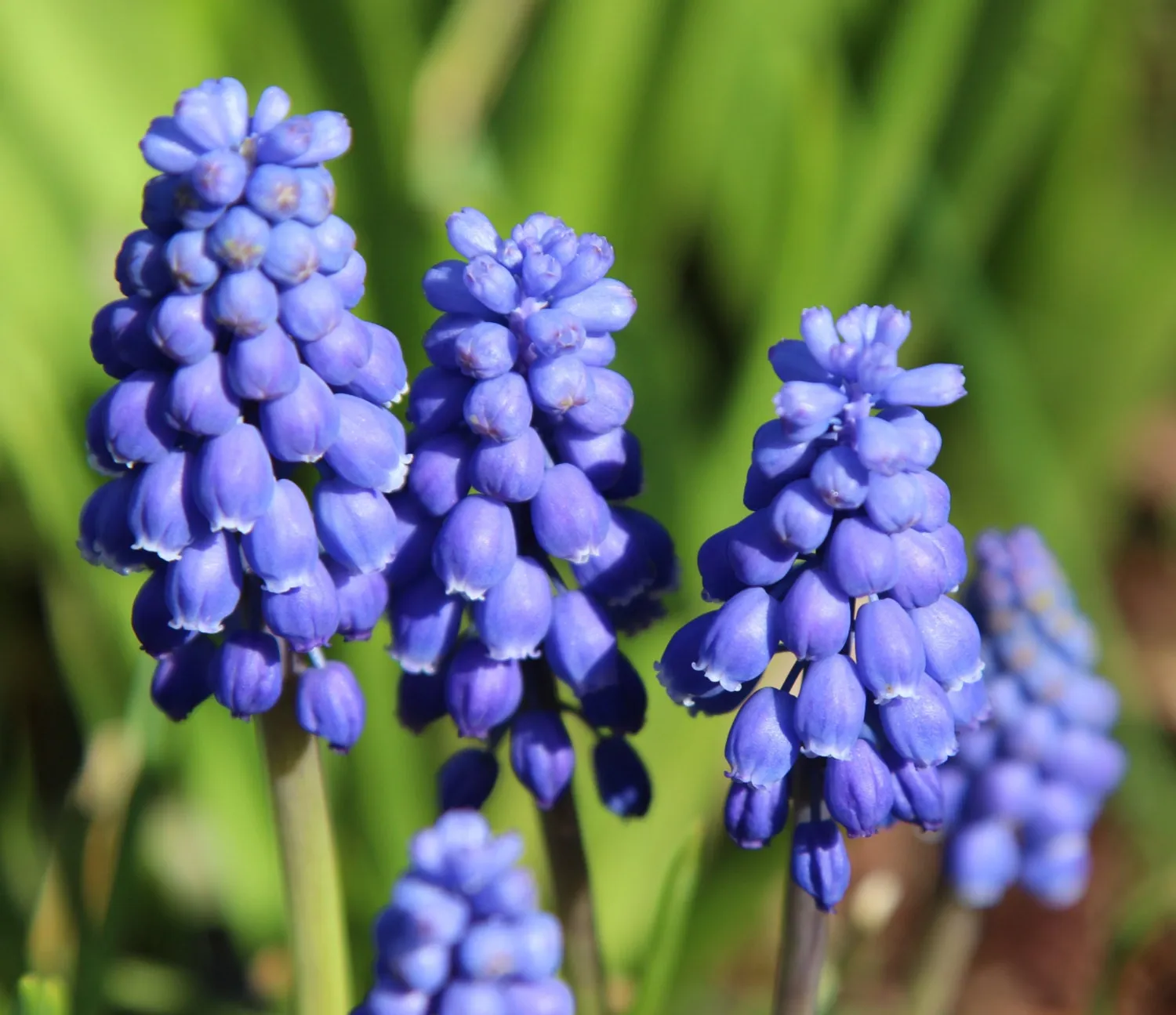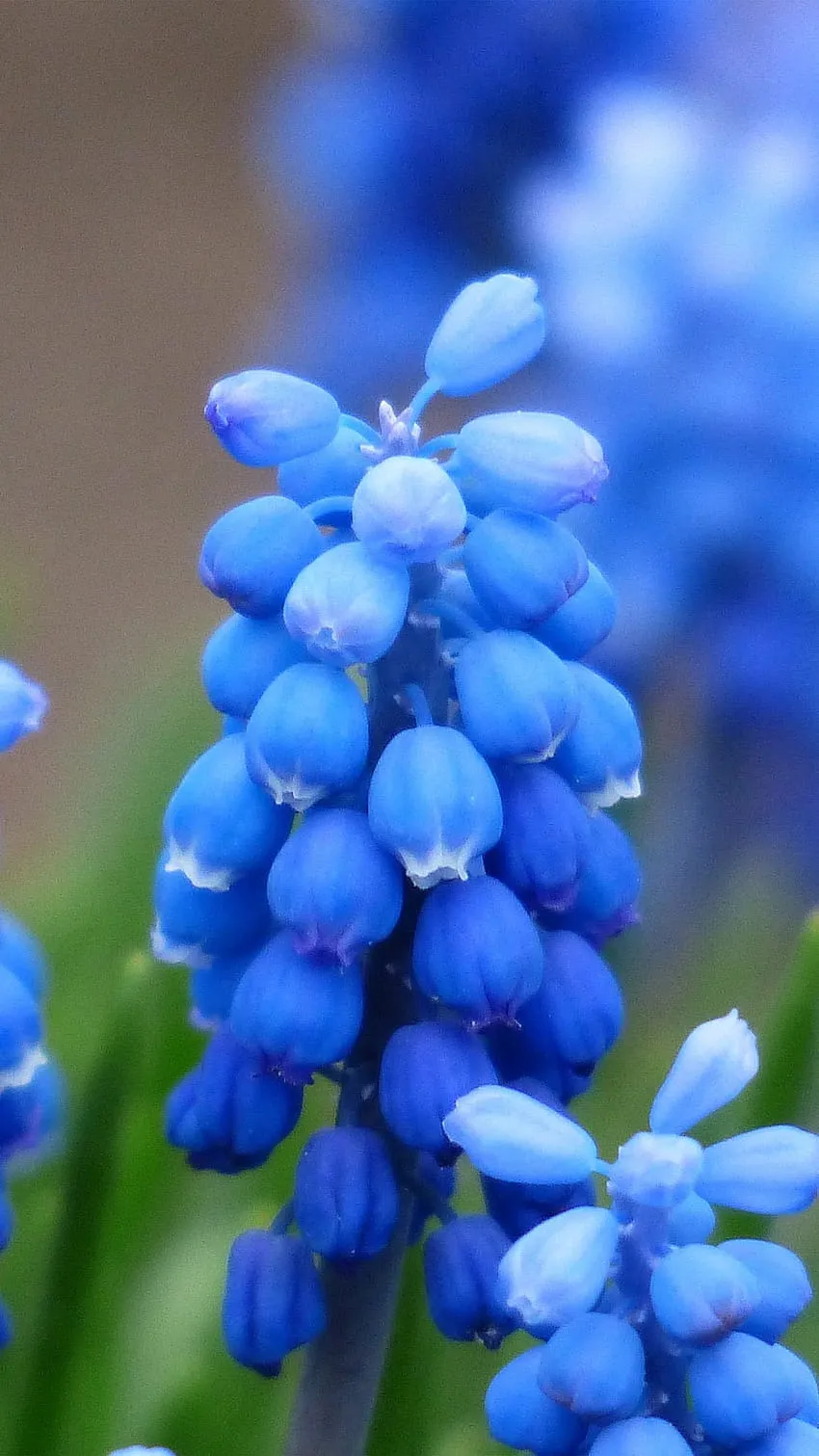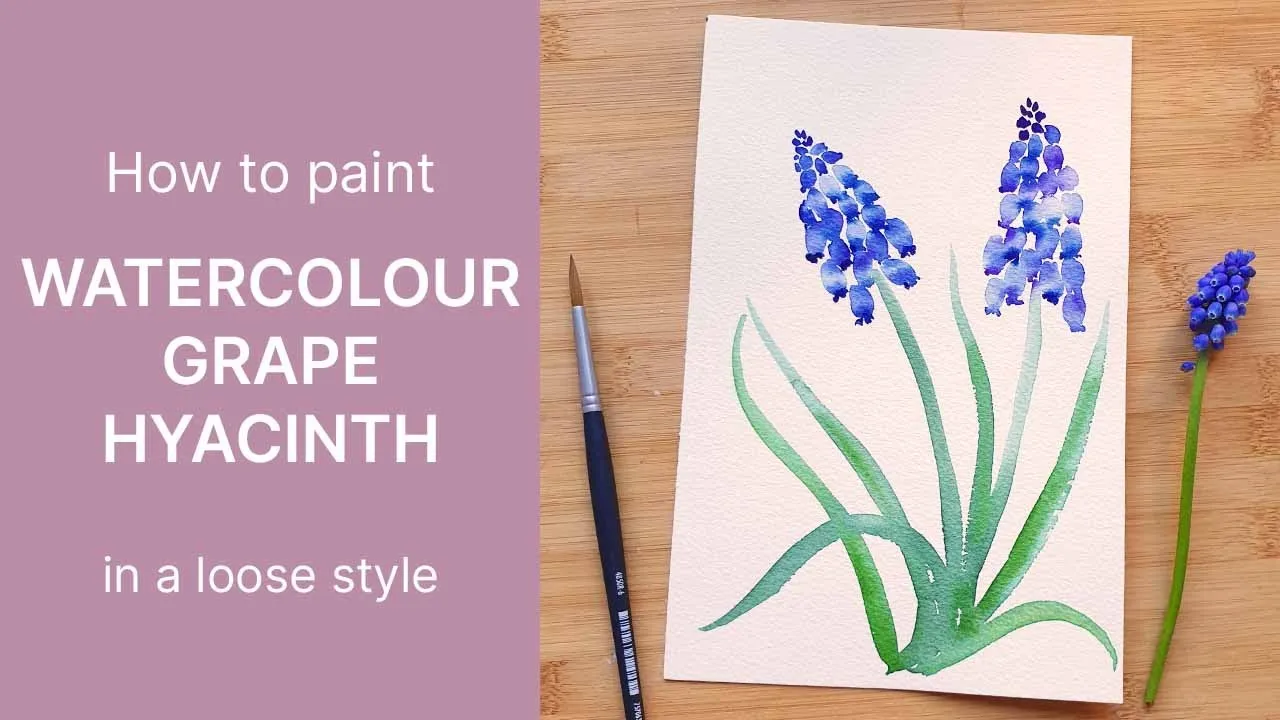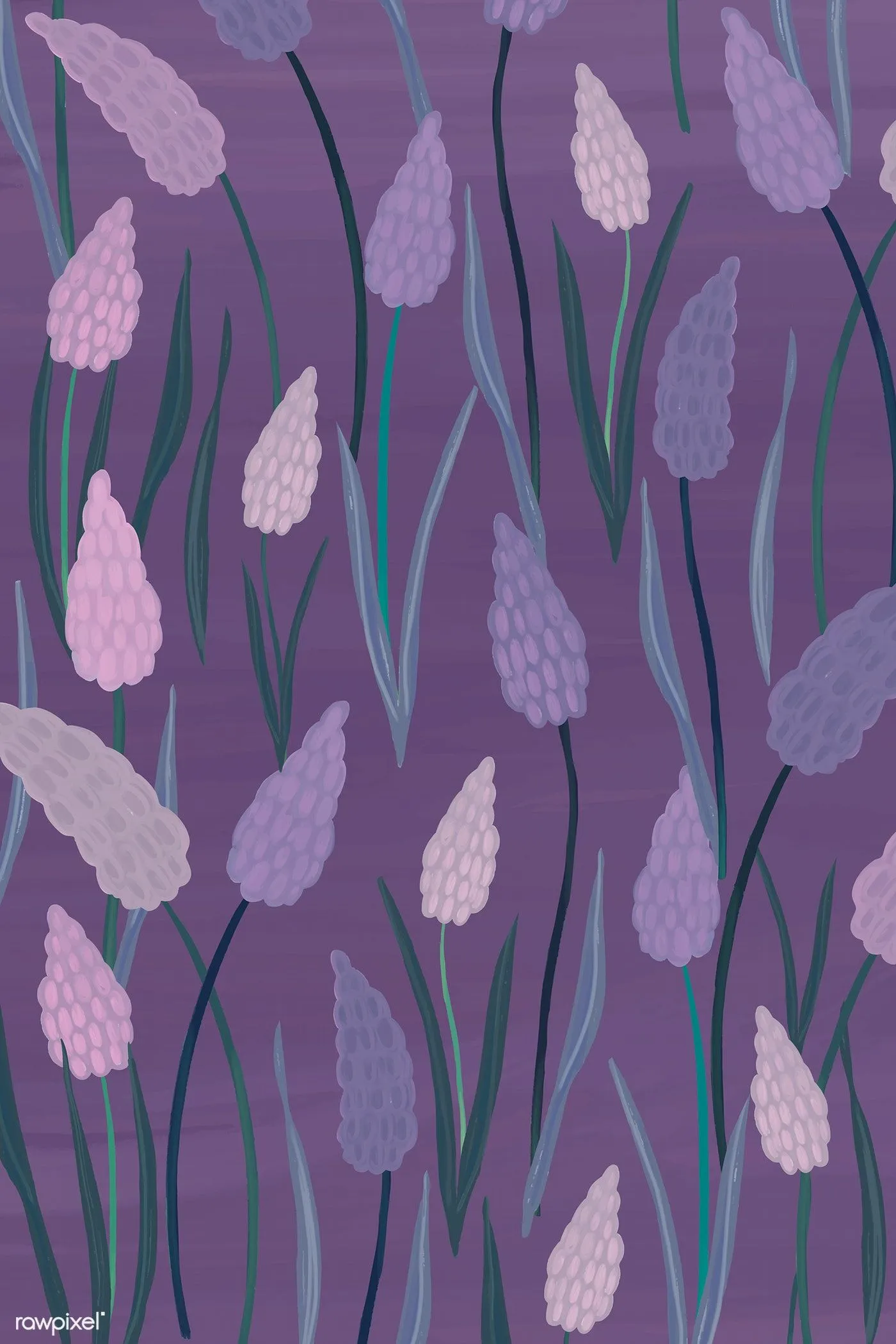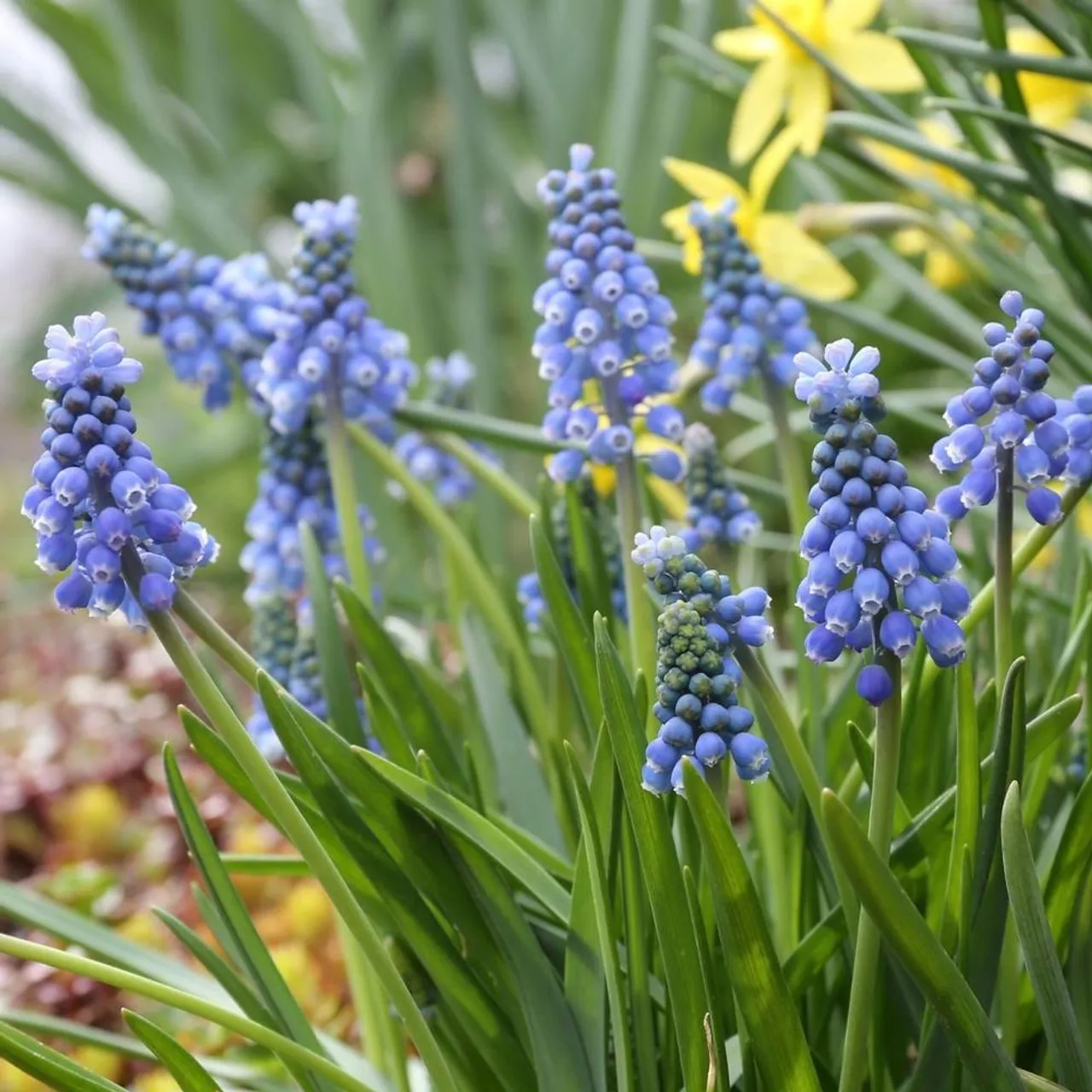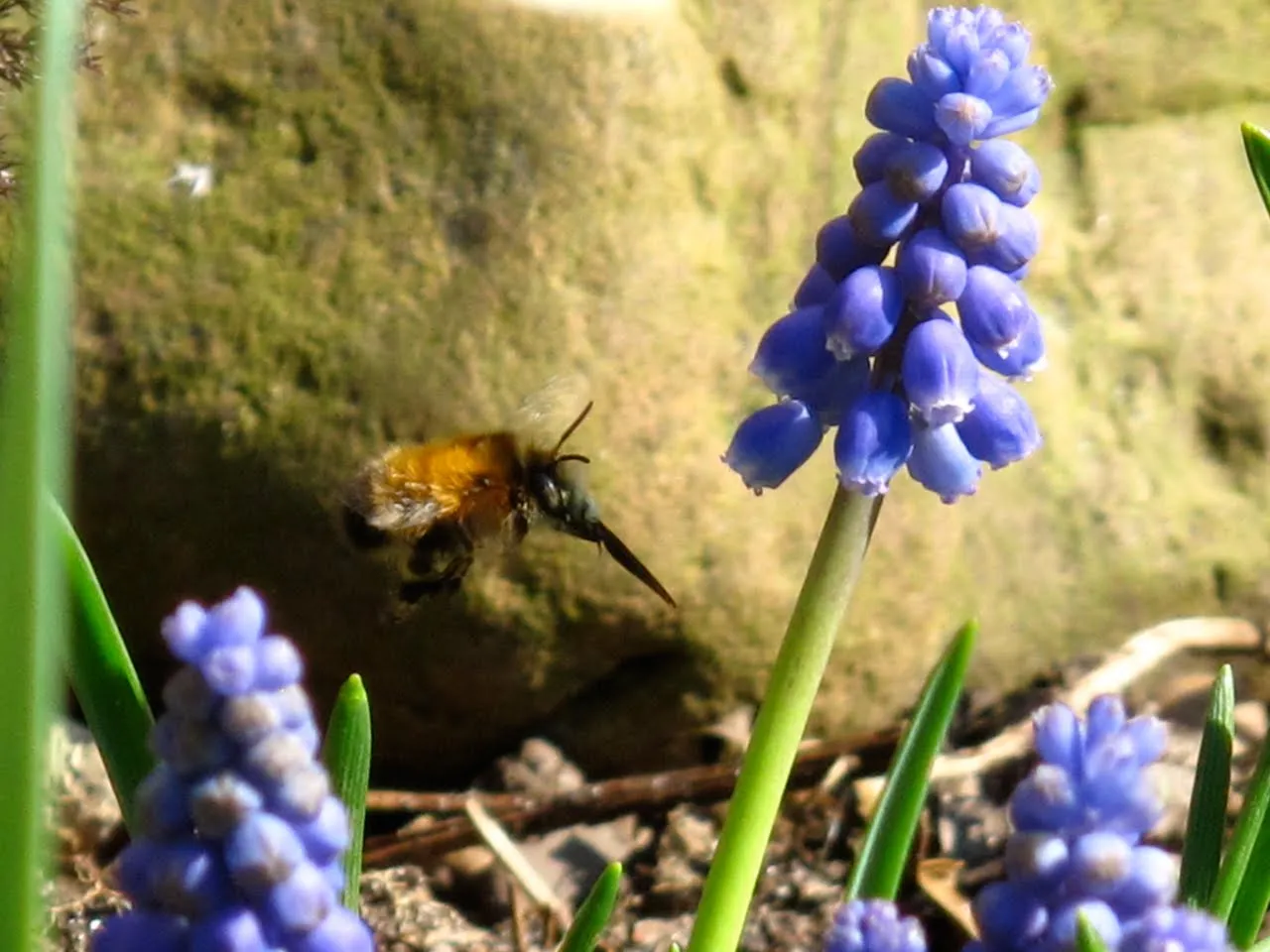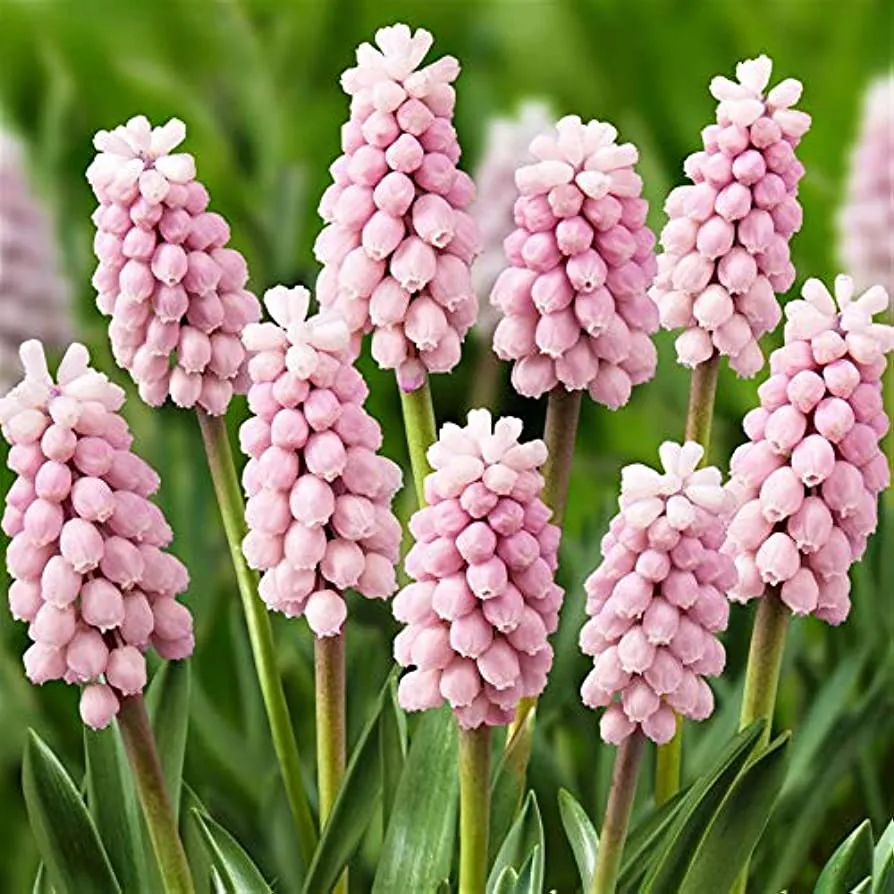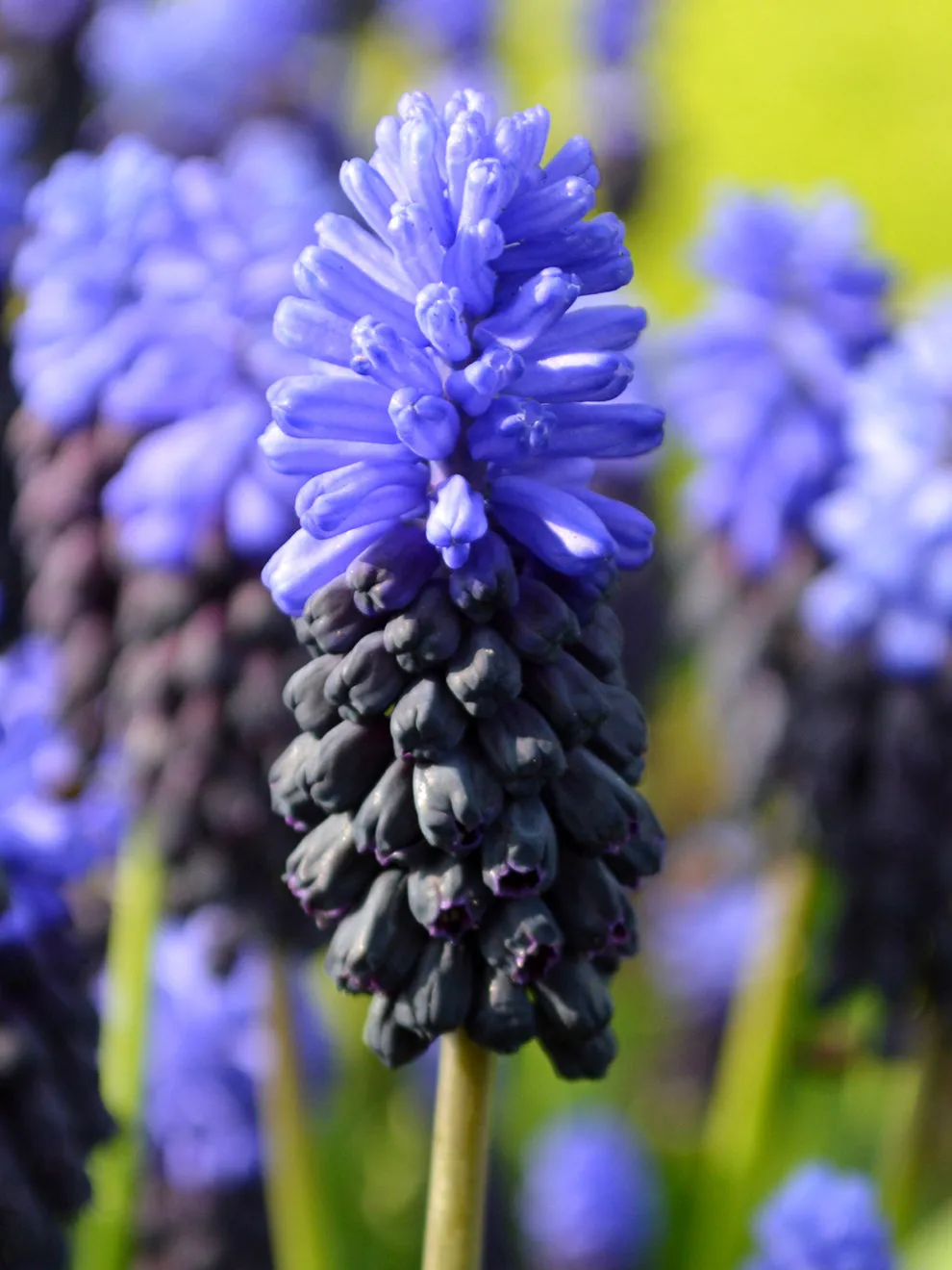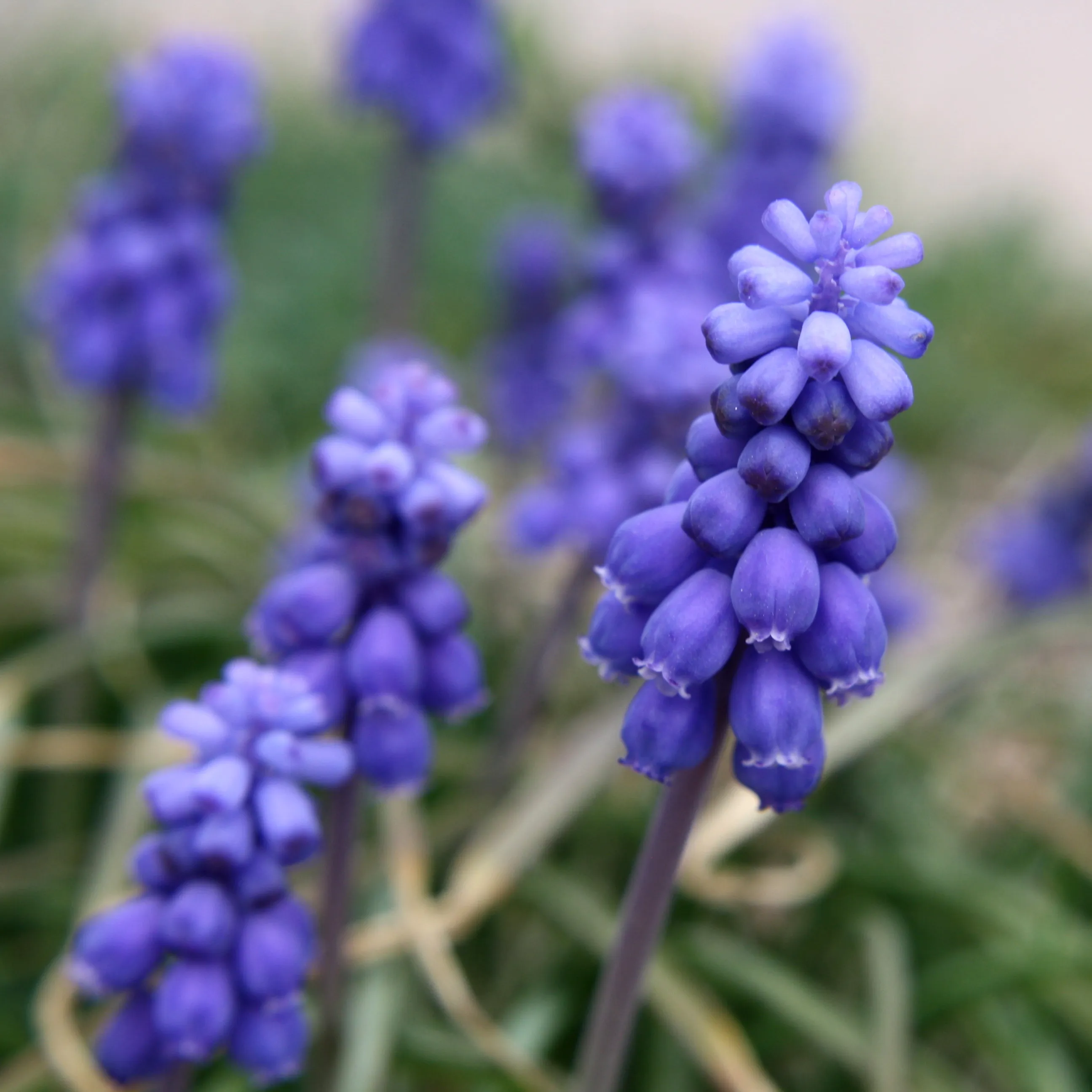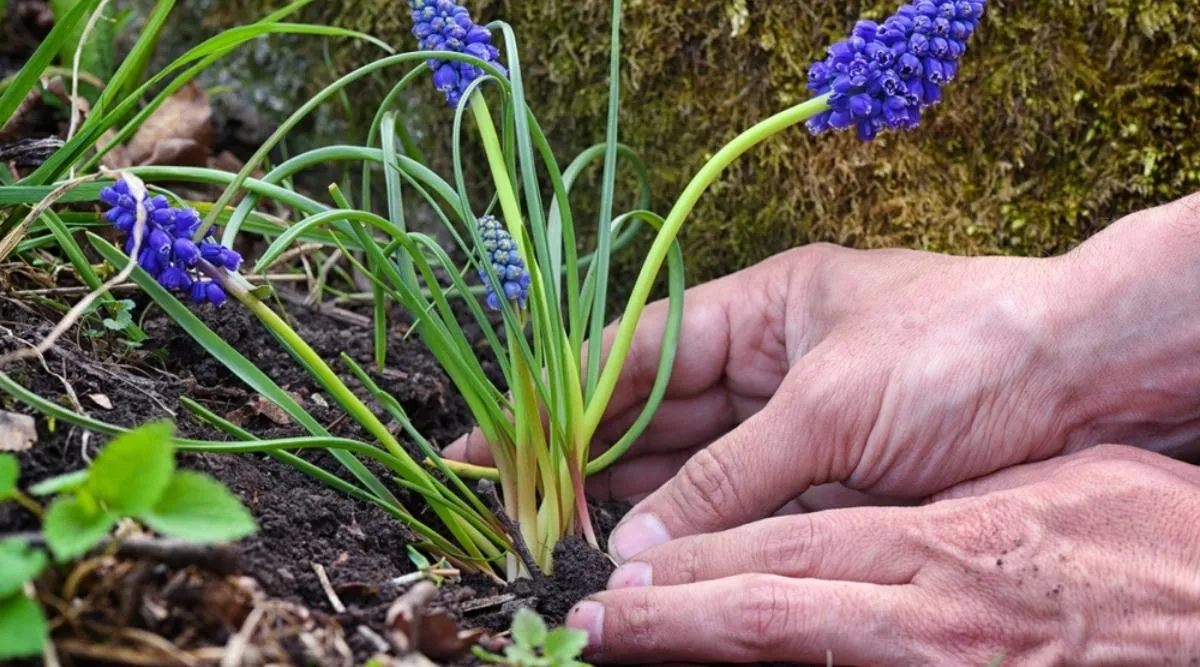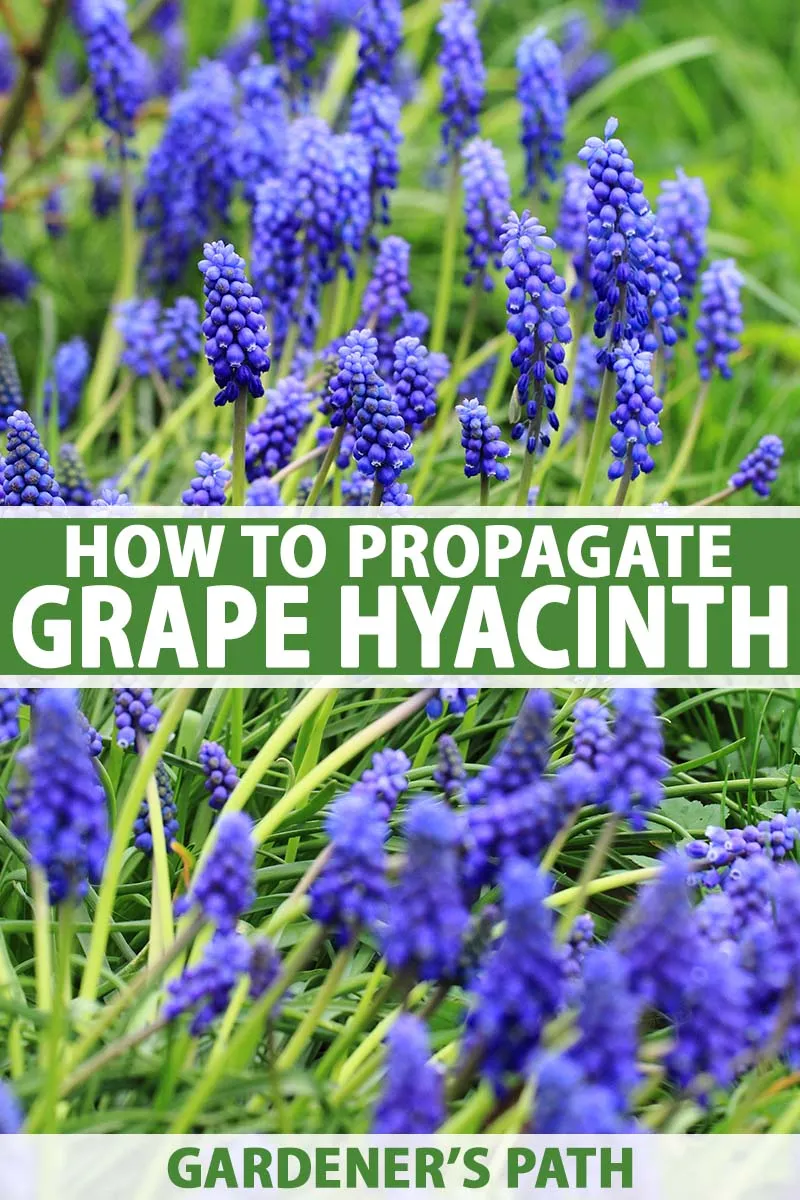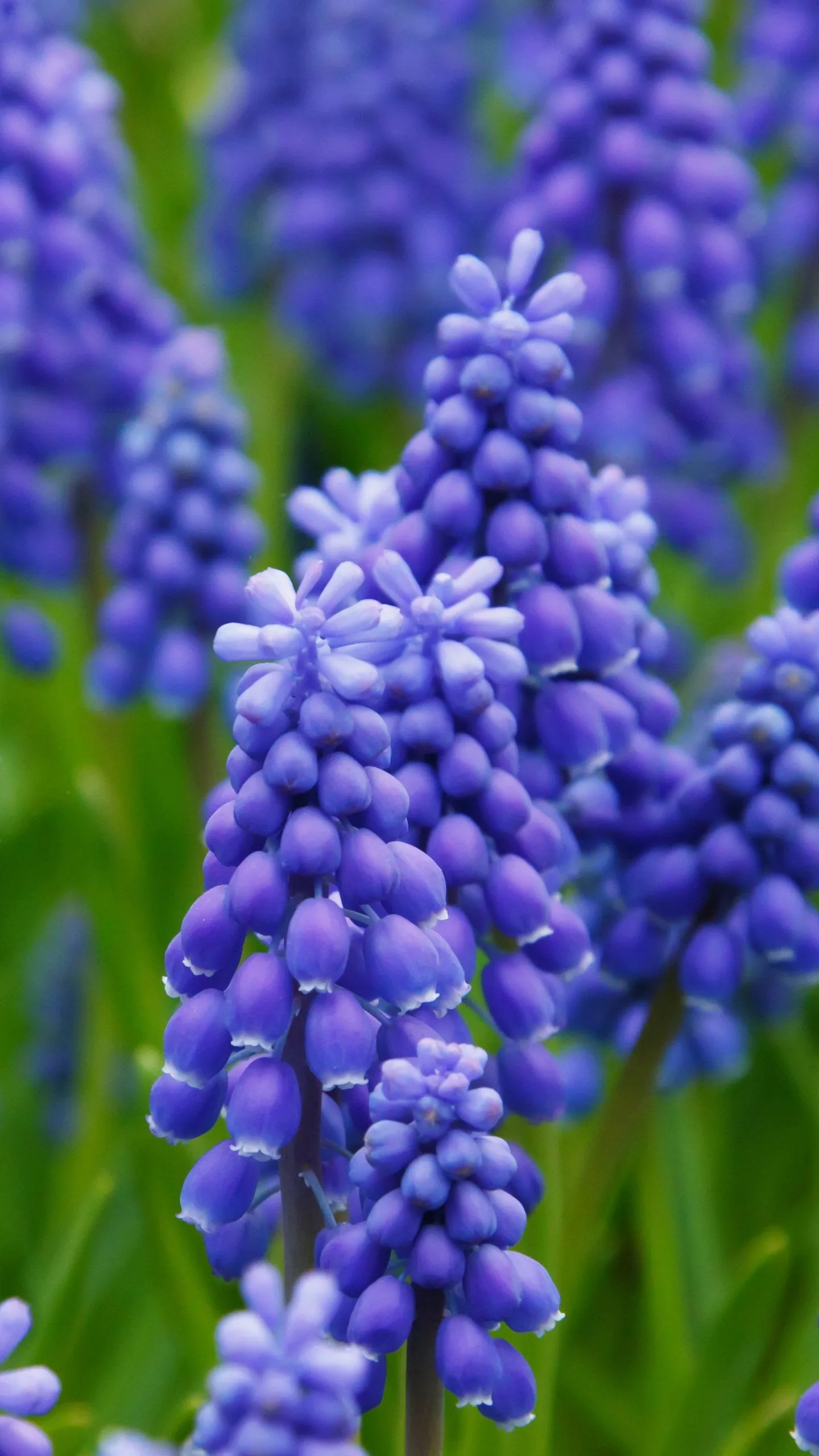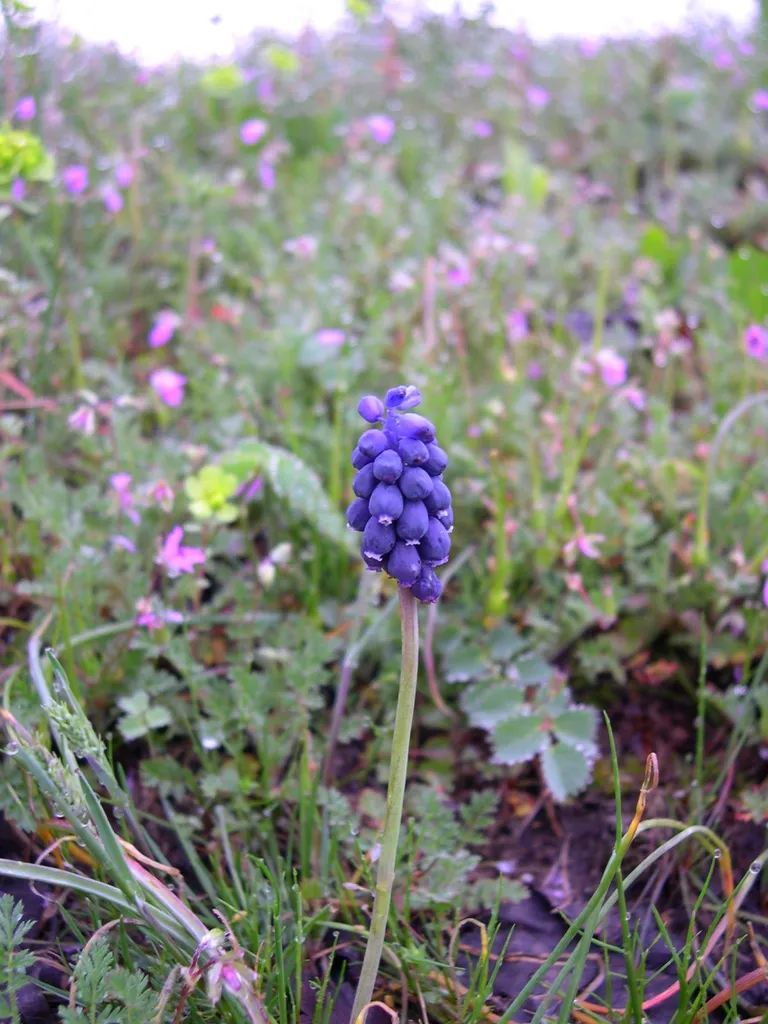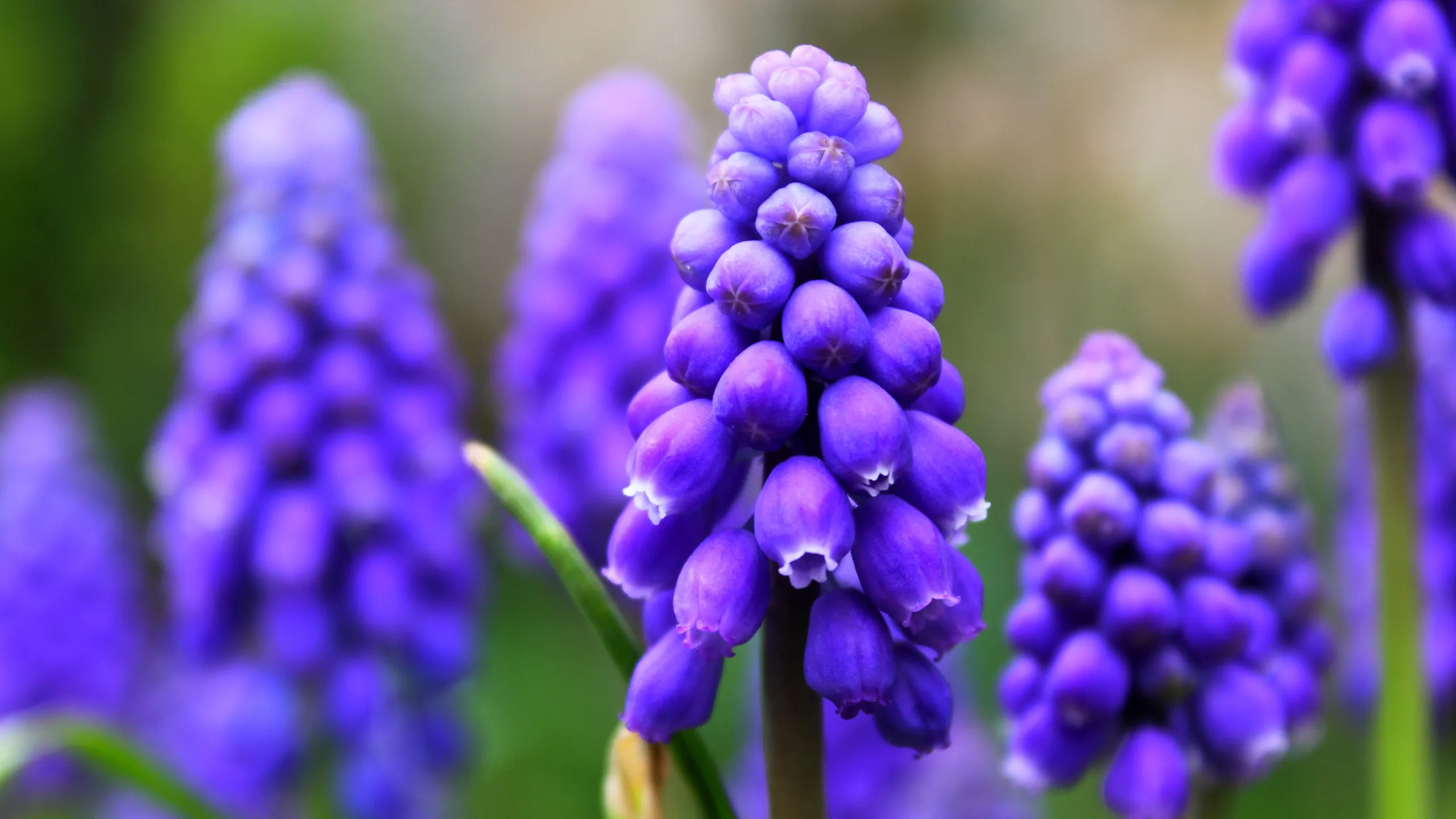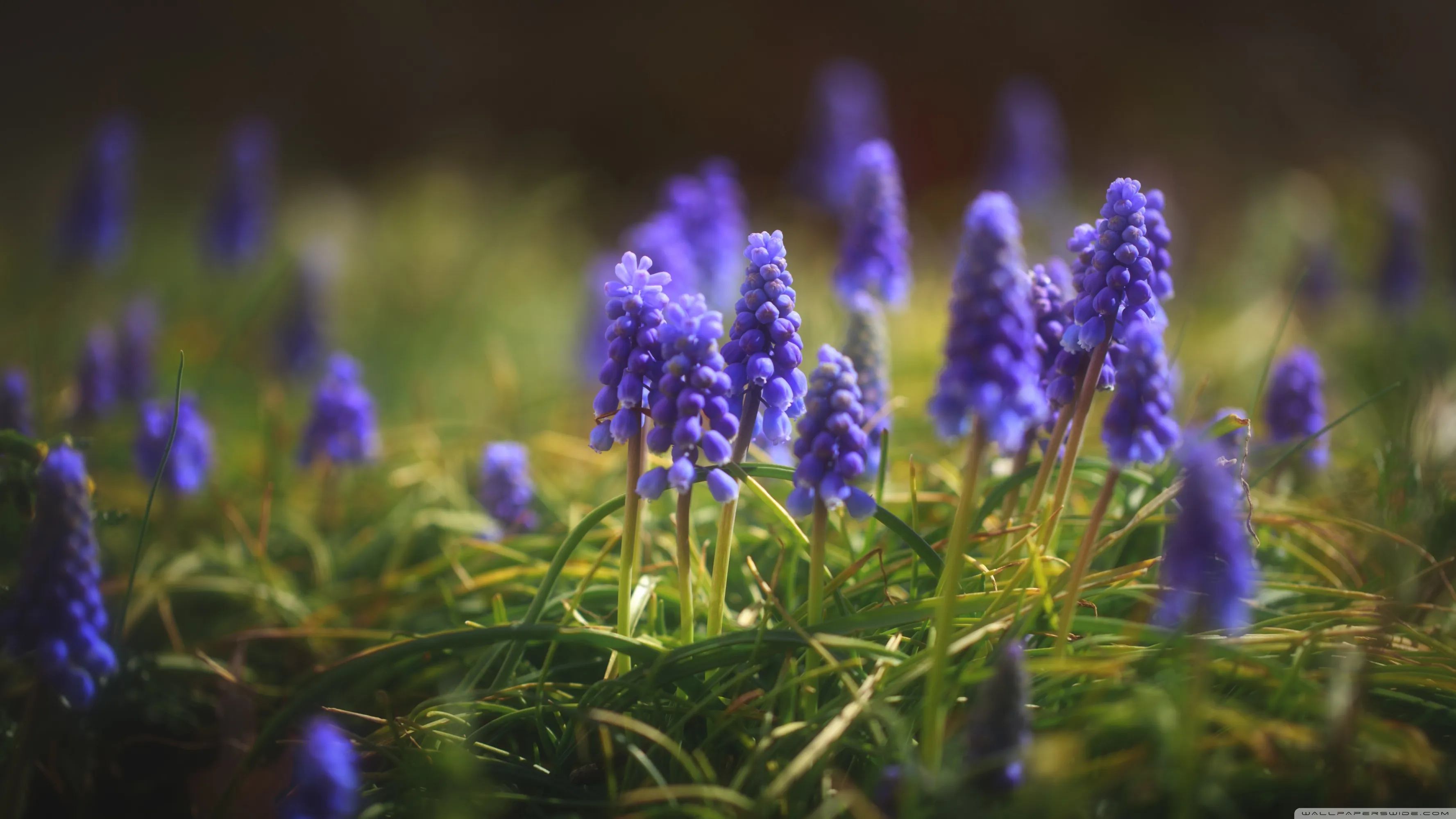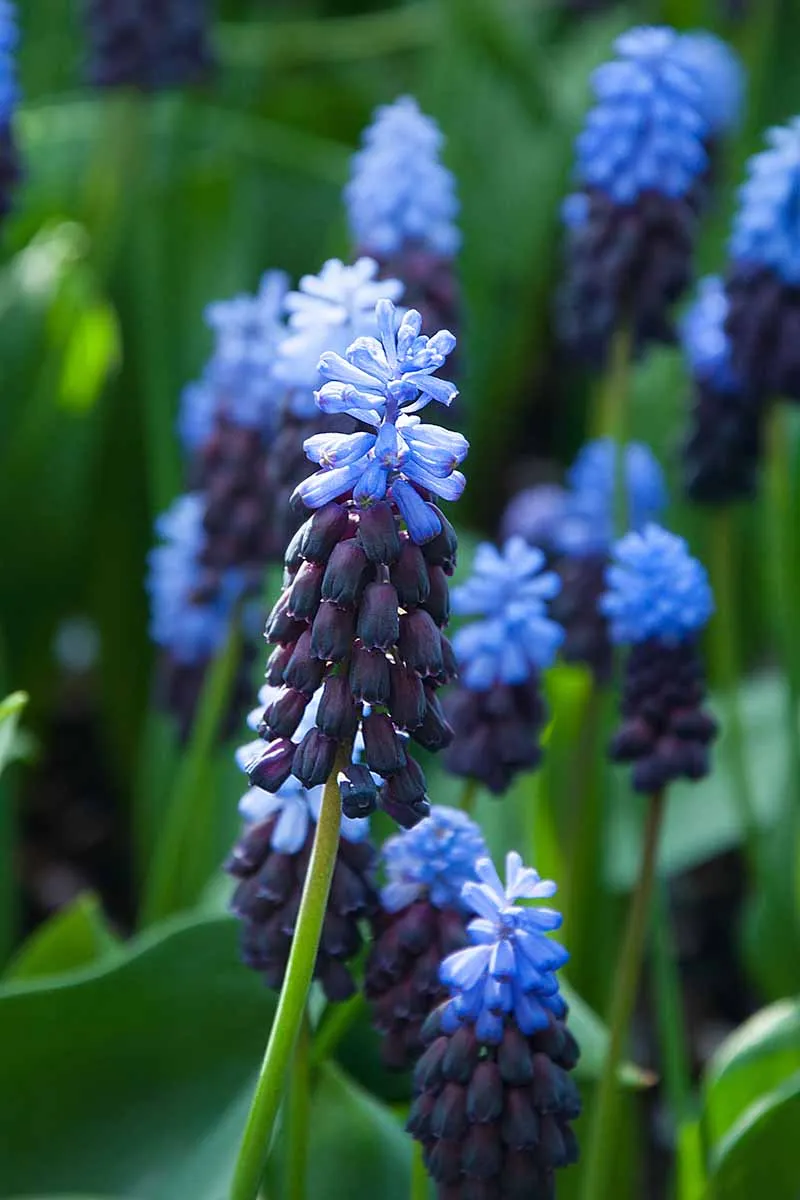Grape Hyacinth: A Stunning Addition to Your Garden
If you are a flower enthusiast, then you must have heard of Grape Hyacinth. This stunning flower, also known as Muscari, is a popular choice for gardeners and florists alike. It is a small, bell-shaped flower that comes in various shades of blue, purple, and white. In this article, we will explore everything you need to know about Grape Hyacinth, from its history to its care instructions.
History of Grape Hyacinth
Grape Hyacinth is native to the Mediterranean region, particularly in areas such as Turkey, Syria, and Iran. It was first introduced to Europe in the 16th century and quickly became a popular garden flower due to its beautiful blooms and easy maintenance. The flower's name comes from its grape-like appearance, as the small, tightly packed flowers resemble a bunch of grapes. In some cultures, Grape Hyacinth symbolizes humility and sincerity, while in others, it is associated with rebirth and new beginnings.
Growing Grape Hyacinth
Grape Hyacinth is a hardy flower that is easy to grow and care for. It is a perennial plant, which means it will come back year after year with proper care. Here are some tips on how to grow Grape Hyacinth:
Planting
Grape Hyacinth bulbs should be planted in the fall, around September or October, before the first frost. Choose a location that receives full to partial sun and has well-draining soil. Dig a hole that is two to three times the size of the bulb and plant it with the pointed end facing up. Cover the bulb with soil and water thoroughly.
Watering
Grape Hyacinth does not require much water, as it is a drought-tolerant plant. Water the bulbs immediately after planting and then once a week until the ground freezes. During the growing season, water the plant only when the soil is dry to the touch.
Fertilizing
Grape Hyacinth does not need much fertilizer, as it can survive in poor soil conditions. However, you can add a slow-release fertilizer to the soil before planting to give the plant a boost.
Care Instructions for Grape Hyacinth
Grape Hyacinth is a low-maintenance plant, but there are a few things you can do to ensure it thrives in your garden. Here are some care instructions for Grape Hyacinth:
Deadheading
After the flowers have bloomed, remove the dead blooms to encourage the plant to produce more flowers.
Mulching
Mulching around the base of the plant can help retain moisture and suppress weeds. Use a layer of organic material such as bark, leaves, or compost.
Dividing
Every three to four years, divide the bulbs to prevent overcrowding and encourage new growth. Dig up the bulbs in the fall after the foliage has died back, separate them into smaller clumps, and replant them.
Common Problems with Grape Hyacinth
Grape Hyacinth is a relatively problem-free plant, but there are a few issues you may encounter. Here are some common problems and solutions:
Pests
Grape Hyacinth is not typically affected by pests, but slugs and snails may occasionally feed on the foliage. Use a natural slug and snail repellent or handpick them off the plant.
Diseases
Grape Hyacinth is also not susceptible to many diseases, but bulb rot may occur if the soil is too wet. To prevent bulb rot, make sure the soil is well-draining and avoid overwatering.
Uses for Grape Hyacinth
Grape Hyacinth is a versatile flower that can be used in a variety of ways. Here are some uses for Grape Hyacinth:
Garden Plant
Grape Hyacinth is a popular choice for gardeners due to its stunning blooms and easy maintenance. Plant it in borders, rock gardens, or containers for a pop of color.
Cut Flower
Grape Hyacinth is also a popular cut flower, as it adds texture and color to floral arrangements. Combine it with other spring flowers such as tulips, daffodils, and hyacinths for a beautiful bouquet.
Indoor Plant
Grape Hyacinth can also be grown indoors in containers. Plant the bulbs in a pot with well-draining soil and place it in a sunny window. Water the plant once a week and enjoy the beautiful blooms.
Conclusion
Grape Hyacinth is a stunning addition to any garden or floral arrangement. With its easy maintenance and beautiful blooms, it is no wonder why it is a popular choice among gardeners and florists alike. Follow the tips and care instructions in this article, and you will have a thriving Grape Hyacinth plant in no time.
Frequently asked questions about Grape Hyacinth wallpapers
Q: What is Grape Hyacinth?
- Grape Hyacinth is a small, bulbous plant with blue or purple flowers that resemble grapes.
Q: What is the picture category for Grape Hyacinth?
- The picture category for Grape Hyacinth is "Flowers".
Q: How many images of Grape Hyacinth are available for download on the website?
- There are 48 images of Grape Hyacinth available for download on the website.
Q: Can I download Grape Hyacinth pictures for free?
- Yes, you can download Grape Hyacinth pictures for free.
Q: What file types are available for Grape Hyacinth pictures?
- You can choose to download Grape Hyacinth pictures in .jpg, .png, and .webp file types.
Q: Can I choose different sizes for Grape Hyacinth pictures?
- Yes, you can choose different sizes (width and height) for Grape Hyacinth pictures.
Q: Will the website automatically detect my mobile screen size and choose the right size for me?
- Yes, the website will automatically detect your mobile screen size and choose the right size for you.
Q: How do I download Grape Hyacinth pictures?
- To download Grape Hyacinth pictures, simply select the picture you want and click the download button. Choose the file type and size you prefer and the picture will be downloaded to your device.
Q: Can I use Grape Hyacinth pictures for commercial purposes?
- The pictures are free to download and use, but please check the license agreement before using them for commercial purposes.
Q: Can I share Grape Hyacinth pictures on social media?
- Yes, you can share Grape Hyacinth pictures on social media as long as you credit the source of the picture.



